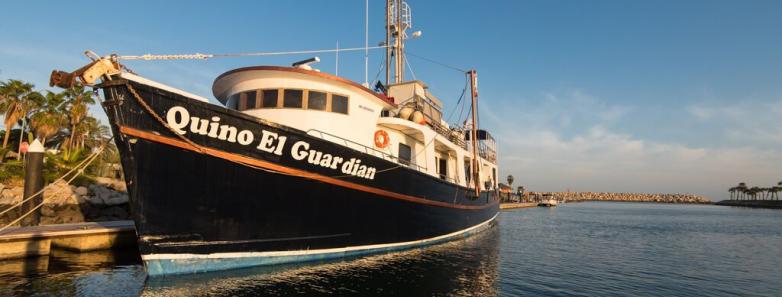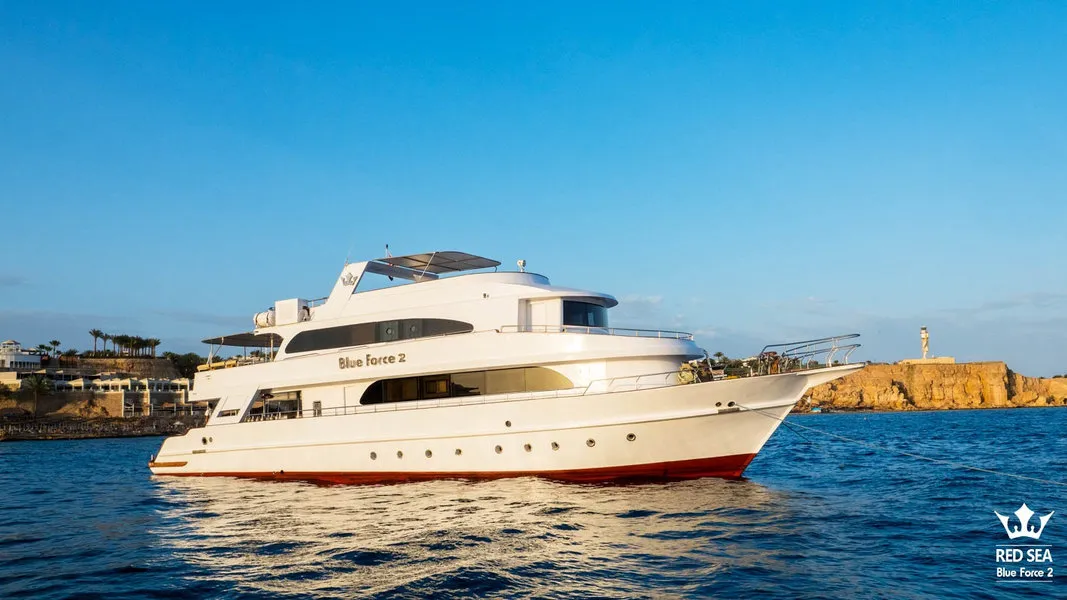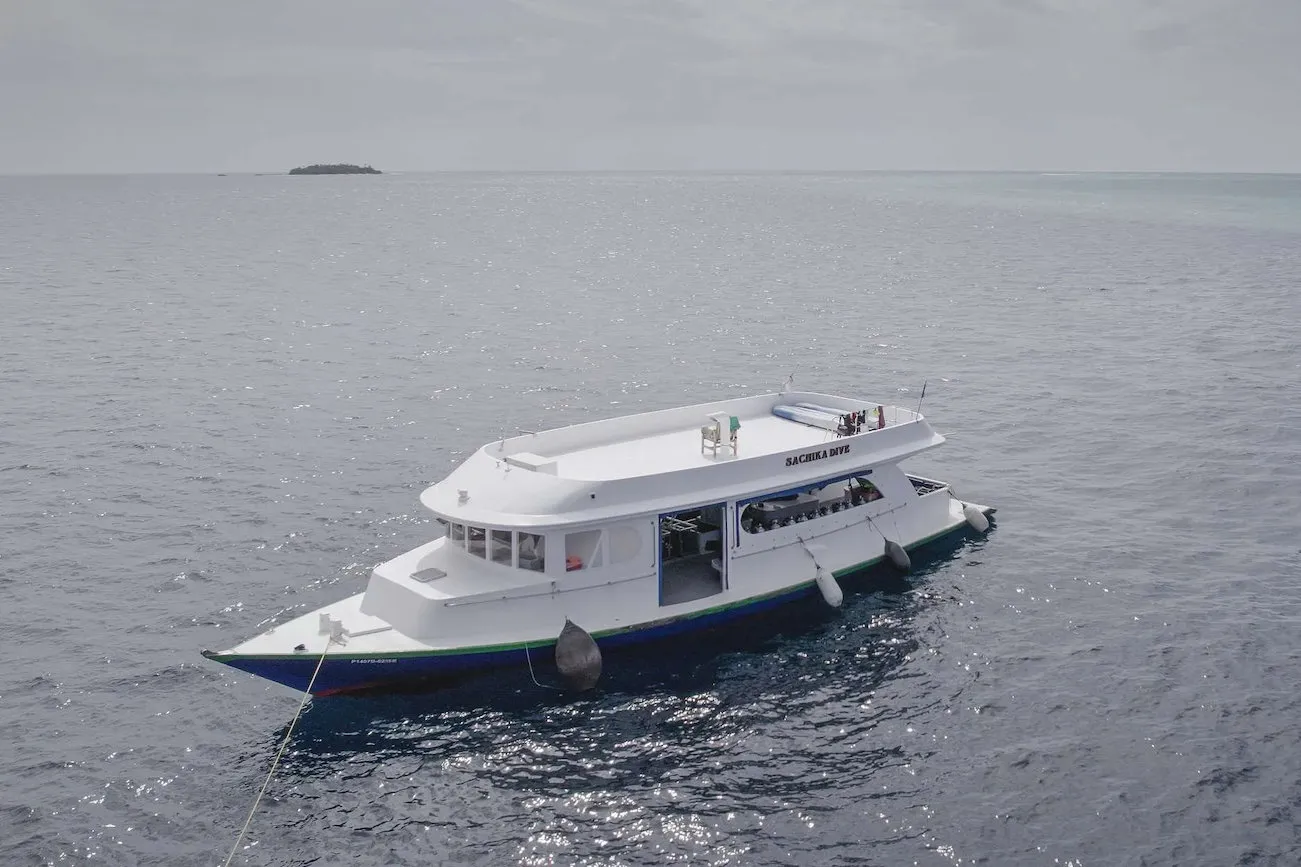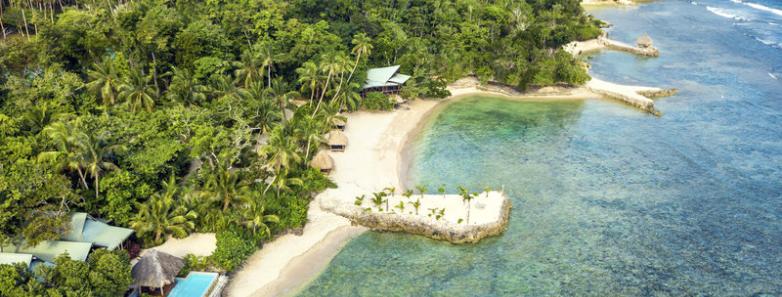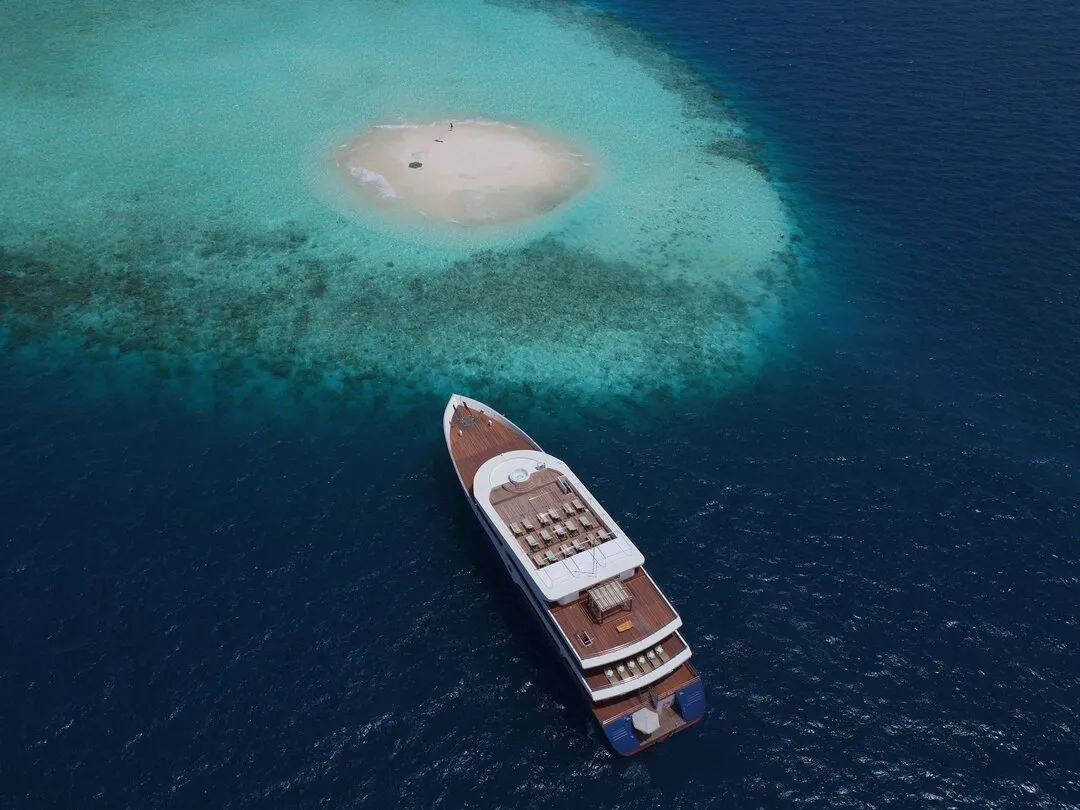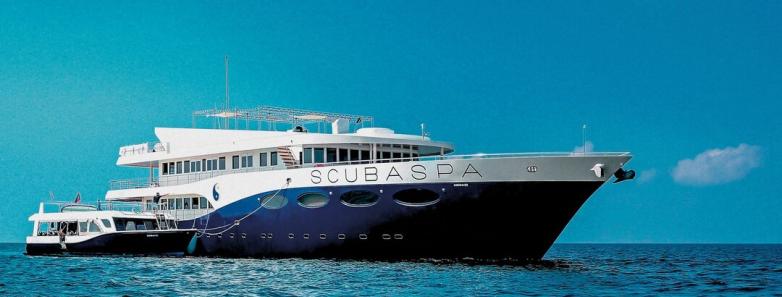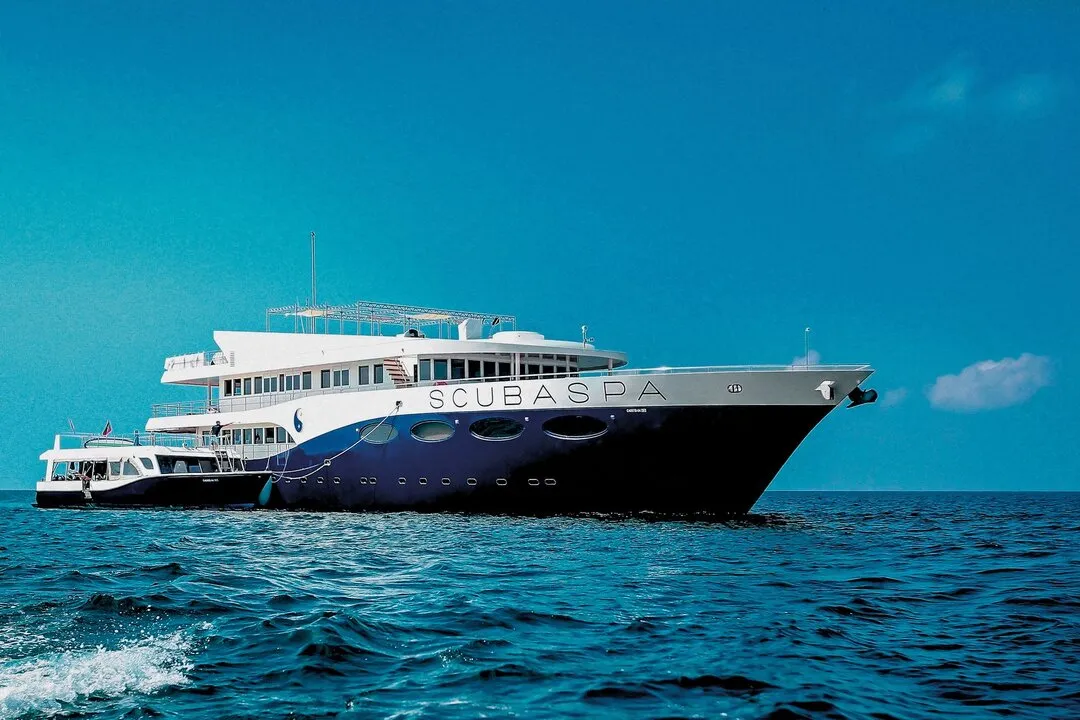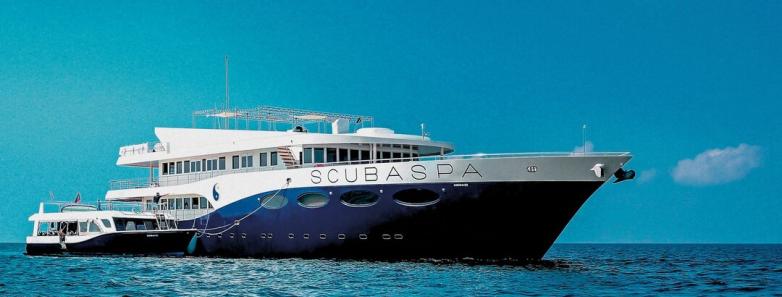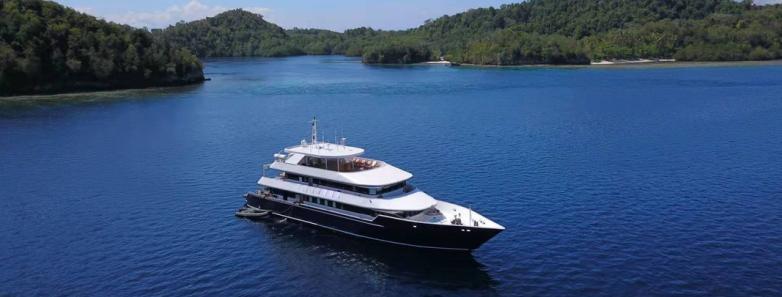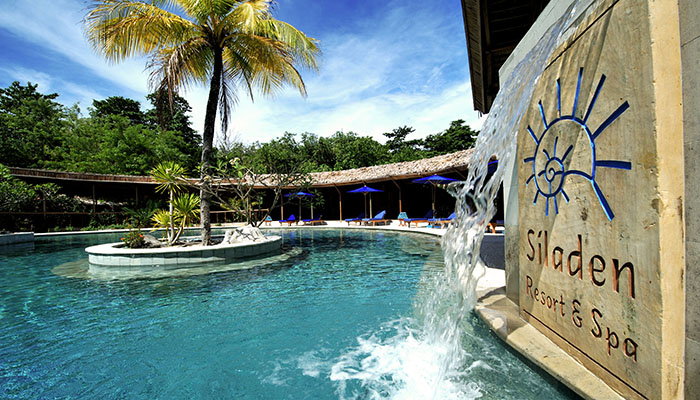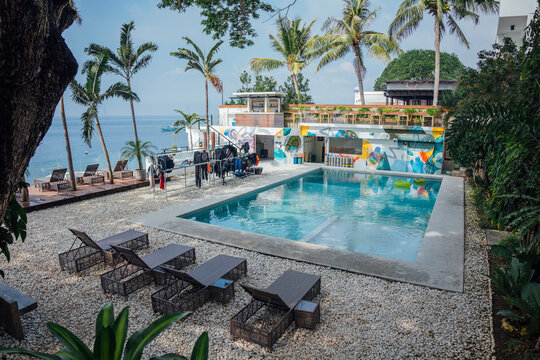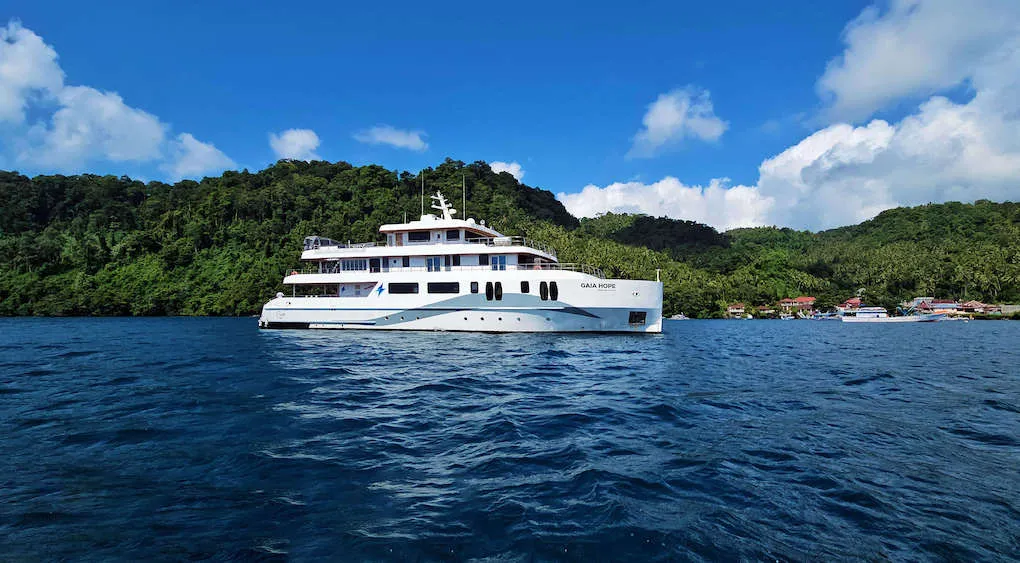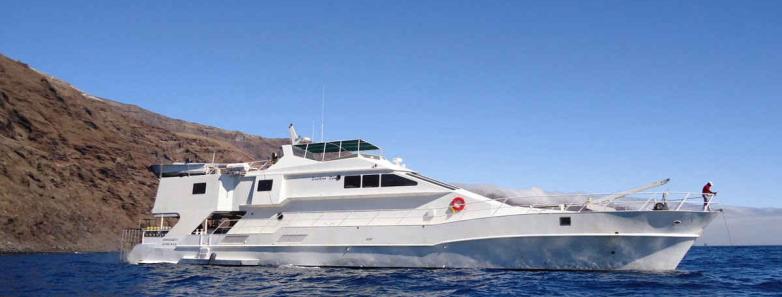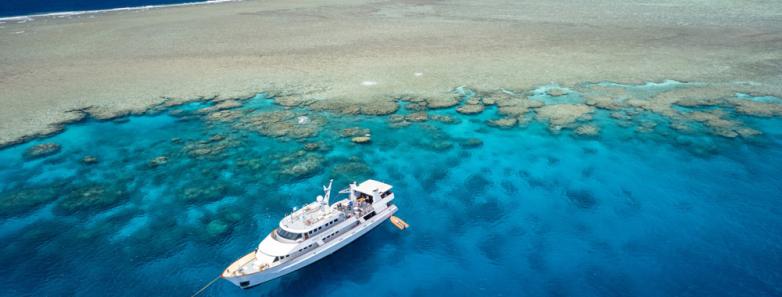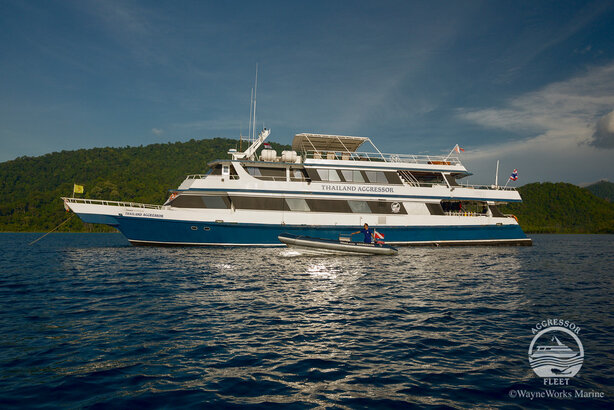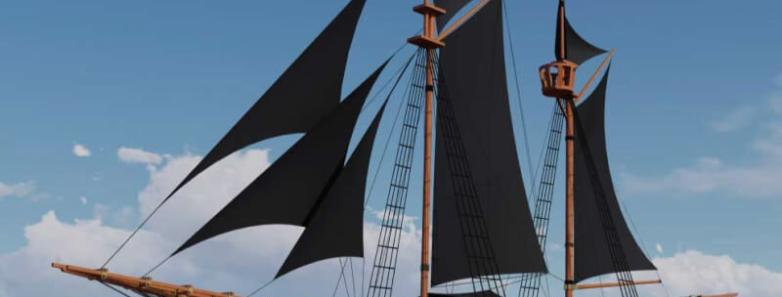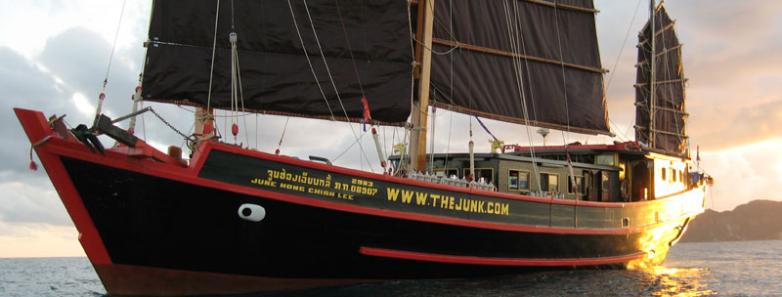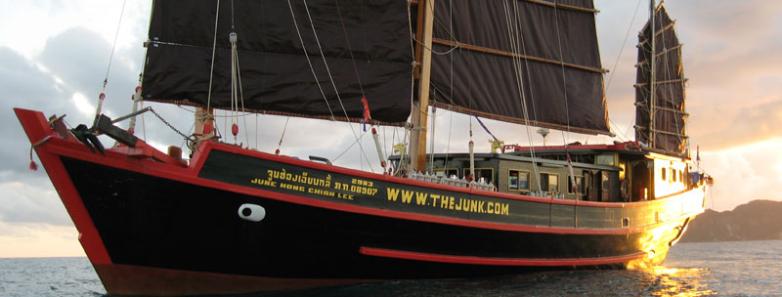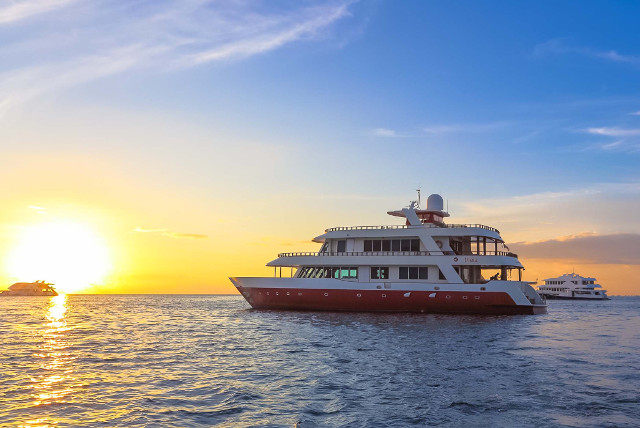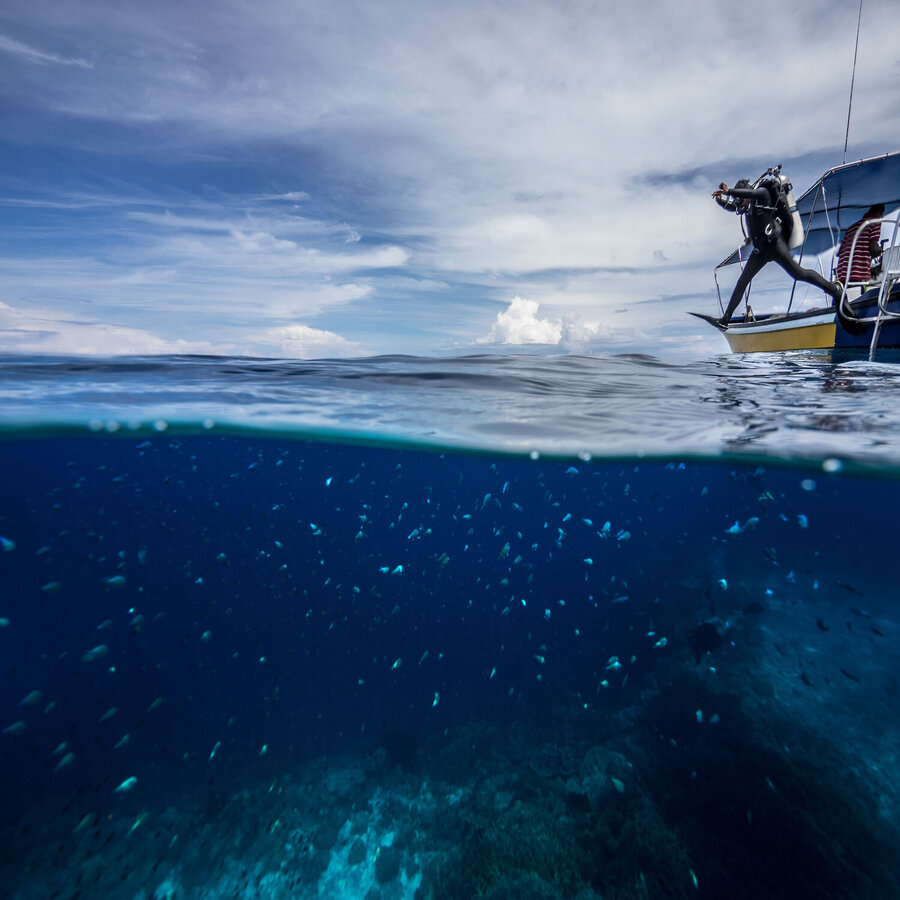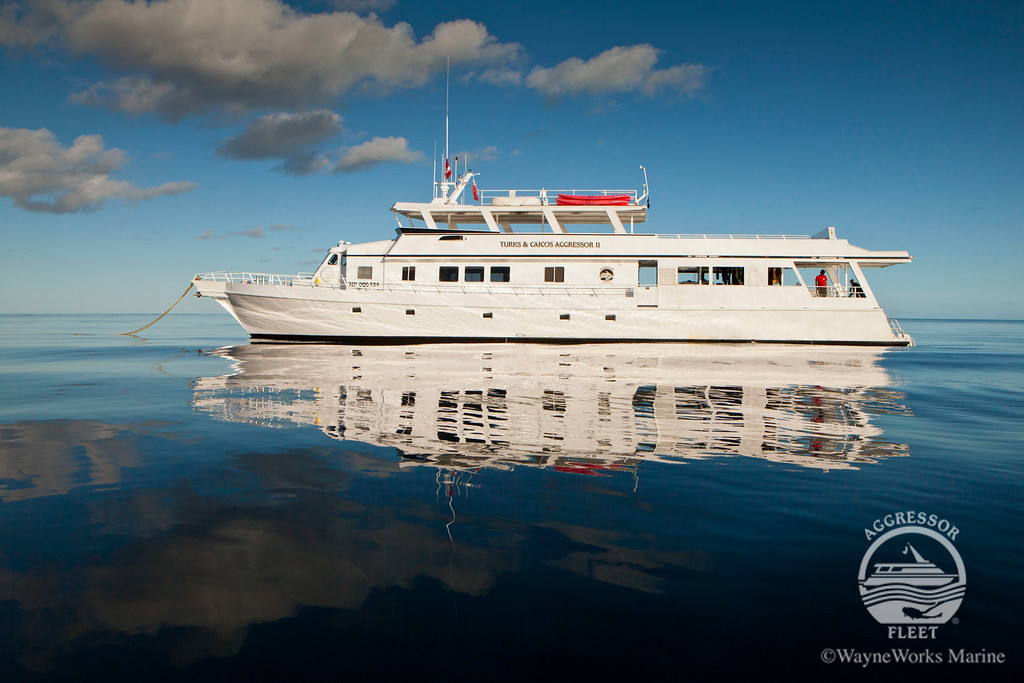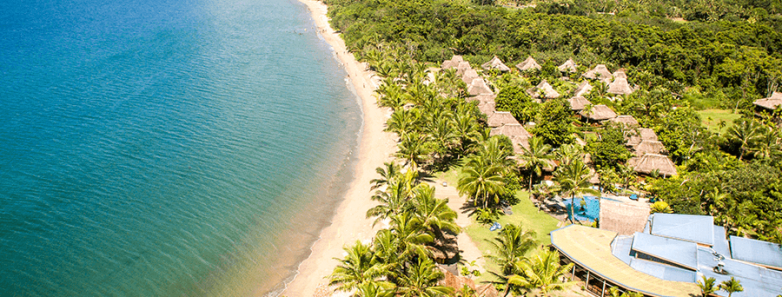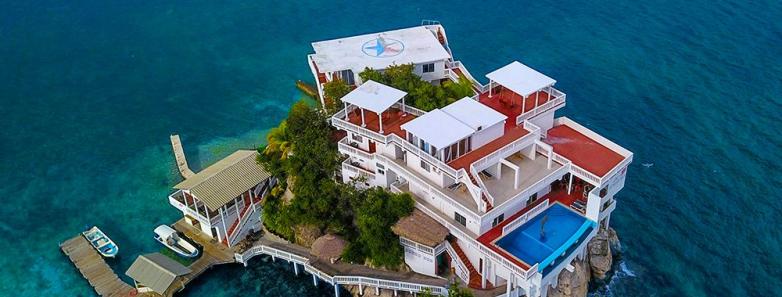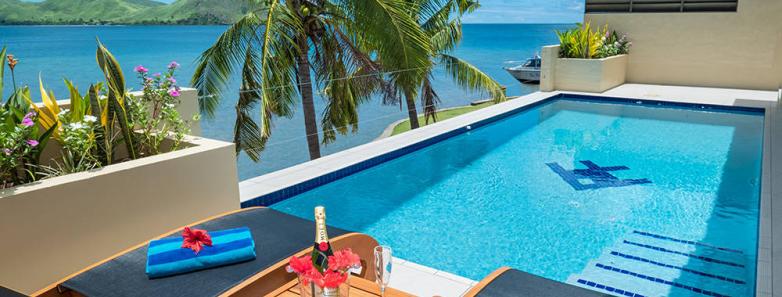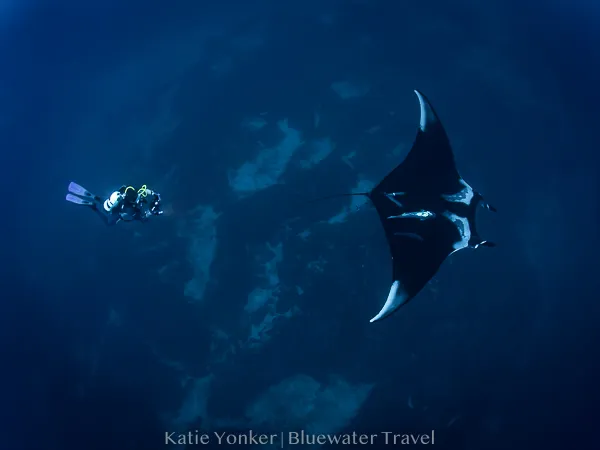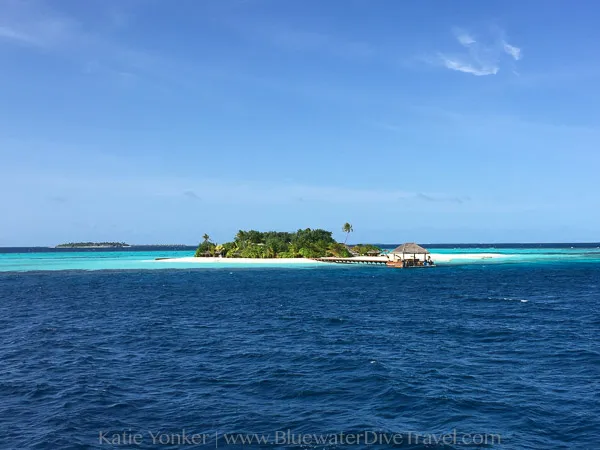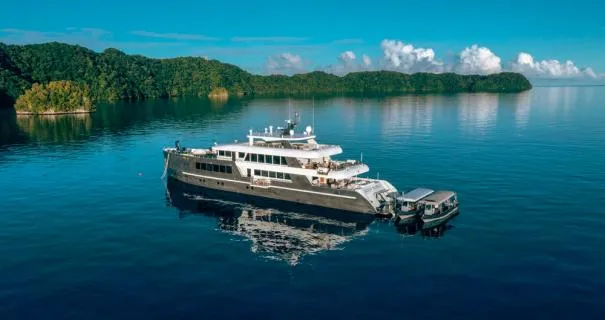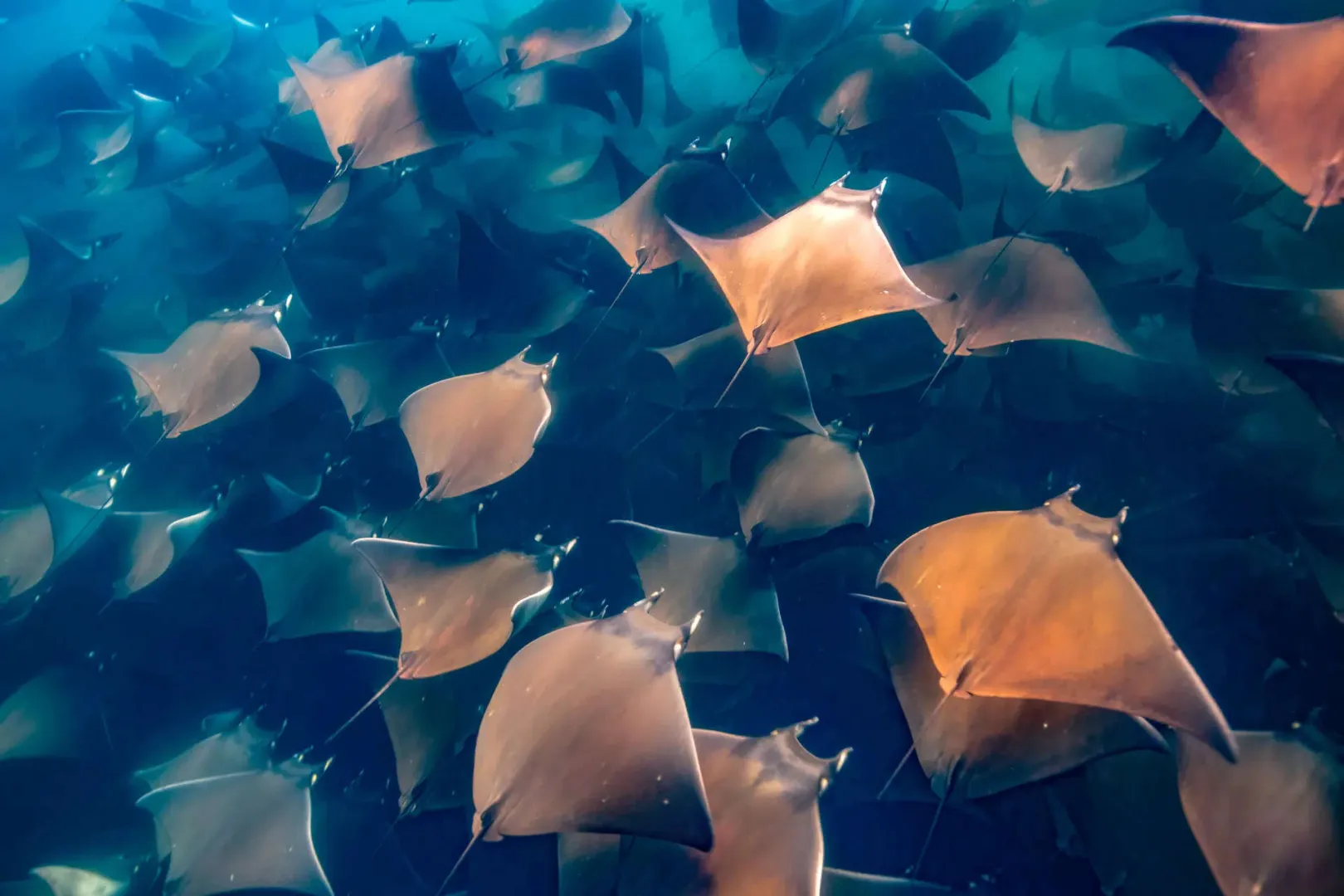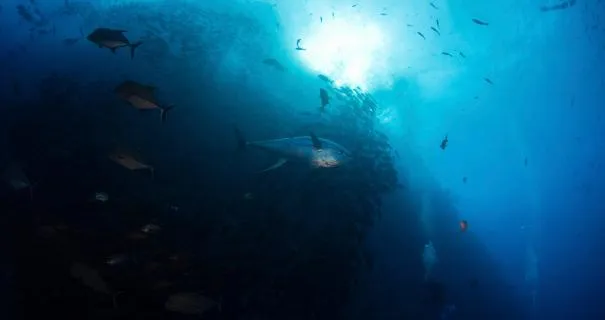Maldives
With clear blue water, white sand beaches, and great visibility, scuba diving in the Maldives is an unforgettable experience in an idyllic paradise. During a diving trip to the Maldives, you may see manta rays, whale sharks, reef sharks, soft & hard corals and much more.
Average flight time from LAX
20 hours
Scuba Dive Level
All Levels
Visibility
35 to 100 feet (10 to 30 meters)
82°F / 28°C
Average Water Temperature
Manta Ray Encounters
Stunning Reefs & Corals
Scuba Diving In The Maldives
Maldives Scuba Diving Highlights
The archipelago is also known for its great assortment of dive resorts and you'll find liveaboards in the Maldives for all kinds of budgets, from budget to high-end.
Interested in scuba diving in the Maldives? View the live availability of some of the best liveaboards in the Maldives and book online at the best price or check out our sidebar for land-based options!
Where Is The Maldives?
Lying 400 miles southwest of India, the Maldives is an island nation of 26 natural coral atolls (over 1,000 islands) spread over nearly 35,000 square miles.
Even though it is 26 natural coral atolls, for the purpose of administration the Maldives is divided into 19 atolls (areas) and they are marked as being 19 atolls. So someone looking through a map would find 19 zones.
Topside, the Maldives offer some of the most beautiful scenery you will ever see in your life. More than 95 % of Maldives consists of the sea. It is also one of the lowest nations in the world, and is in danger of being submerged one day due to rising sea levels
Marine Life In The Maldives
The Maldives boasts some of the most diverse coral reefs with hard and soft coral species, which provide a thriving habitat for a variety of marine animals. The waters are teeming with a variety of fish species, including colourful reef fish such as butterflyfish, angelfish, clownfish, parrotfish, moray eels, and wrasses. Larger predatory fish like groupers, barracudas, and trevallies are very common as well as stingrays, eagle rays, green turtles, and hawksbill turtles.The Maldives is also famous for its robust shark populations, including blacktip, whitetip, and grey reef sharks. Nurse sharks and hammerhead sharks can also be spotted in certain areas. Manta rays can be seen at their favourite cleaning stations in almost every Atoll depending on the season and whale sharks can be found year-round in South-Ari Atoll.
Fuvahmulah is the best place to dive with tiger sharks - dive site "Tiger Zoo" is one of the few places that guarantees tiger shark encounters. This local island has a deep cleaning station visited by thresher sharks, and gigantic oceanic manta rays can also be seen around Fuvahmulah.
Hanifaru Bay, in the Baa Atoll, has manta rays and whale sharks during the middle and the end of the South West Monsoon which runs from April to November. During this period, there are a few times that mass feeding events occur in the Bay Area when enough plankton has accumulated. Scuba diving in Hanifaru Bay is not permitted, but there are carefully regulated snorkel trips to ensure preservation of the marine environment.
Diving Information
Maldives Marine Life & Photography Subjects
The Maldives diving offers blue water early in the year - perfect for wide-angle photography. While is there is some macro life here, the Maldives is mainly a "wide-angle" destination to see coral, whale sharks, mantas, eagle rays, and schools of fish. There has been some coral bleaching in the shallow reefs.
While the reefs and channels provide a great diversity of marine life, Hanifaru Bay, which allows snorkeling only, is the go-to place for mantas and whale sharks. It's possible to see dozens of mantas, although numbers fluctuate depending on currents, water temperature, and the presence of plankton. Youre also likely to encounter whale sharks, opening their huge mouths to feed on plankton. Bring an underwater camera capable of taking videos to properly capture the beauty of the marine life.
Many dive sites in the Maldives have napoleon wrasse, barracuda, reef sharks (including gray reef, whitetip and blacktip), spotted eagle rays, large marbled rays, trevally, and tuna. The current will help bring out more of these larger animals.
Some atolls can also produce hammerhead sharks, although this is only at very specific dive sites.
For sites like Hanifaru Bay, shoot wide angle. Use a fisheye lens like the Tokina 10-17mm, or a rectilinear lens in the 10-20mm range. Take video. Even better, take wide video with a fisheye lens. Leave your macro lenses at home.
If you are at a Manta cleaning station, never chase or charge the manta rays - it won't work. Wait for them to come to you. Don't rise up to their level.
Maldives Dive Environments
When scuba diving in the Maldives, you'll find many different excellent dive sites to choose from, such as:
- Faru: A faru is one of the Maldivian names for a reef. This could be the outer reef of the atolls and the reefs of islands.
- Giri: A giri is a circular reef in which the top reaches the surface, particularly in low tide. Giris can be found inside the atoll and inside large lagoons as well. These places offer a variety of marine life and often is good for novice divers.
- Thila: is also much like a Giri, but its further below the surface - basically a seamount. Here youll find a variety of marine life such as soft coral, gorgonians, and an abundance of fish life including reef sharks. A Thila can be big but most north-worthy thilas are small peaks and can be affected by strong currents at times.
- Wrecks: There are a few interesting wrecks in the Maldives, but theyre typically visited for the fish at the site as opposed to the wreck itself.
- Channel: A channel or pass is where the atoll meets the ocean and is the gateway to the atoll. It is commonly done as a drift dive. The strong currents bring big pelagic fish such as sharks, mantas, and tunas. For most life, it is best to dive at channels when there is incoming current but some spots do offer good dives during outgoing current as well. Underwater photographers will appreciate the geography that some channel reefs have that includes caverns, swim-throughs, undercuts, and overhangs full of colorful sponges and invertebrates.
- Lagoons: While not very exciting from a marine life standpoint, most islands and big reefs has its own sandy bottom lagoon protected from the current which is ideal for beginners learning to scuba.
Typical Maldives Dive
With such a variety of sites, it is difficult to describe a "typical" scuba dive in the Maldives. Drift dives in medium to strong currents often require a negative entry and a quick descent, making them appropriate for intermediate or experienced divers. There are also many dive sites in areas protected from strong currents that are suitable for novice divers. Maldives liveaboards require divers to have more experience, whereas resort or land-based dive operators offer amazing diving for any level and you can even get your diver certification.
Read our 2022 Maldives trip recap to learn more about what to expect while diving in the Maldives.
Scuba Diving Conditions
- Water Temperatures: Range from 80-86F (27-30C) year round.
- Visibility: Around 35 feet (10 meters) on the low end, but often exceeds 100 feet (30 meters).
- Depth Range: 14 - 98 feet (5-30 meters).
- Currents: Divers who prefer not to experience strong currents should try to time their trips away from the full and new moons, when the currents will be milder.
Maldives Atolls & Dive Areas
Liveaboards in the Maldives visit several areas and a good cruise director is key for a successful Maldives liveaboard trip. Check with your travel advisor to see which Maldives itinerary is right for you.
Some of the best dive sites are in the Deep South, however, they cover such a large area that not all of them can be visited on a single trip. Ari Atoll and Male Atoll in the central islands are some of the more popular itineraries and the key pelagic spots.
From north to south, here are the main atolls for scuba diving in the Maldives:
- Ihavandhippolhu Atoll: The northernmost atoll of Ihavandhippolhu is typically visited by liveaboards. The diving here comprises wide, shallow channels with mild currents and a vibrant selection of hard and soft corals. The reefs overhangs and walls are covered in table corals, while caves, pinnacles, and swim-throughs hide a good variety of macro. Expect to spot reef sharks, turtles, Napoleon wrasse, and mantas, as well as reef species such as grouper, moray eels, lionfish, and a variety of crustaceans. The waters here are relatively unexplored, with new sites ideal for experienced divers while the better-known shallow areas offer the perfect safe-haven for novices.
- Haa Alif Atoll: Another atoll ideal for beginners, Haa Alif also boasts wide channels and shallow sites facilitating gentle drift dives through reefs and pinnacles of colorful soft and hard corals. The Filadhoo wreck is a great introduction to wreck diving, and at a depth of 46ft is an exciting artificial reef surrounded by snappers, fusiliers, and the occasional eagle ray. There are more advanced sites too, such as the submerged pinnacles of Heaven and Hell that sport fantastic coral formations, and Ihavandhoo Channel with cleaning stations frequented by mantas and turtles.
- Noonu Atoll: Noonu offers a variety of diving suitable for different levels of experience, including some exciting drift dives and unique shark encounters. Christmas Rock, a submerged island with the top at 46ft, is home to whitetip reef sharks and stingrays, while the occasional nurse shark can be spotted snoozing in cracks in the reef. The more advanced Orimas Thila drops to 98ft (30m) and offers divers the chance to witness large groups of grey reef sharks, as well as leopard and guitar sharks, and rays. Other unique sightings include the redtoothed triggerfish and some distinctive nudibranch species.For other great shark diving destinations, check out our article on the Best Shark Diving in the World.
- Raa Atoll: A large number of unspoiled reefs and pinnacles inside Raas lagoon boast an impressive array of tubastrea corals and some fantastic marine life. In the south of the atoll, Fenfushi Thila boasts overhangs and crevices teeming with bannerfish and huge schools of orange basslets. On the western side of the atoll, tuna, grouper, and Napoleon wrasse can be found circling deep drop-offs and overhangs, while eagle rays and turtles frequent the eastern reefs and walls. One of the most popular sites is The Labyrinth, a pinnacle sporting large gorgonians and vibrant soft corals smothering canyons, tunnels, and swim-throughs. The site is characterized by batfish, and grey and white-tipped reef sharks, with moray eels and groupers a common sight.
- Lhaviyani Atoll: This popular atoll is well explored and offers over 50 dive sites suitable for all levels. The sheltered Aquarium site is great for novices and boasts electric schools of blue snappers amongst the abundant corals. Hawksbill turtles and guitar sharks can also be spotted using the coral as a cleaning station. The Shipyard site is home to the wrecks of Skipjack 1 and Skipjack 2, offering fascinating dives down to 92ft (28m). Both wrecks are smothered in a multitude of colorful corals and swarming in butterflyfish, damselfish, glassfish, and small blennies. South of the wrecks, the Madivaru Kandu channel drift dive provides some deeper overhangs to explore, as well as encounters with eagle rays and whitetip reef sharks.
- Baa Atoll: Designated a UNESCO Biosphere Reserve in 2011, the Baa Atoll supports some of the Maldives most diverse and unique marine life. Horubadhoo Thila, on the eastern side, is home to plentiful macro as well as attracting large pelagic species, such as mantas, to numerous cleaning stations. The fascinating topography of Nelivaru Haa features overhangs and strangely shaped canyons covered in hard and soft corals. Glassfish and fusiliers abound, as well as inquisitive batfish, grouper, stingrays, and oriental sweetlips. During the south-west monsoon (May to November) mantas use the entire reef as a cleaning station, offering some great photo opportunities. Baa Atoll is also a popular whale shark area, and although it can become busy with snorkelers, there are plenty of more remote sites to explore.
- North Male Atoll: One of the most visited regions in the Maldives, North Male Atoll is within easy reach of the countrys capital and main airport, Male. The well-known Manta Point is located in the southeast of the atoll, and as the name suggests this is a prime spot for encounters with manta rays, as well as schools of barracuda, turtles, and Napoleon wrasse. Another famous site, the Maldives Victory is a 328ft cargo shipwreck that sits between 39 and 115ft. The superstructure is encrusted with gorgonians and hard corals, while batfish, grouper, and schools of fusilier make themselves at home. Most liveaboard divers will join their boat in North Male and explore these reefs at the beginning of their trip.
- South Male Atoll: South Male Atoll is the quieter sister of North Male, and while it doesnt boast the same marine diversity as the northern atoll, dramatic topography and strong currents bring large pelagics close to shore. Diving here can be exciting and sometimes challenging, with deep channels and rapidly changing conditions facilitating exciting drifts through ravines and past overhangs. Cocoa Thila, one of the best dive sites in the Maldives, is a pinnacle that attracts fusiliers, sweetlips, red snapper, trevally, eagle rays, white, and gray sharks. To the north, Vadhoo Caves provide shelter from the strong currents and a chance to explore the more unusual species found in the semi-dark. Unicornfish, soldierfish, and the occasional turtle linger in the calm waters, while reef sharks and tuna can be spotted out in the blue.
- Ari Atoll:The best pelagic destination in the region, Ari Atolls exposed pinnacles and deep channels dont support as much reef life as some of the other atolls, but instead attract mantas, whale sharks and schooling hammerheads. Strong currents mean diving here is not best suited to novices, however, experienced divers will thrill in deeper drift dives sporting loads of shark action, schools of eagle rays, and abundant vibrant fish. Maaya Thila pinnacle drops from 20 to 100ft and supports a good variety of critters such as nudibranchs and frogfish. And the marine-protected Fish Head site is covered in black coral and dotted with overhangs, crevices, and caves full of blueline snappers. There are hundreds of exciting sites around Ari Atoll, and this accessible atoll is a popular choice amongst divers.
- Vaavu Atoll: Centrally located, Vaavu Atoll is a great beginner destination with shallow channels and protected sites offering gentle drift diving over vibrant coral reefs. Vattaru Reef offers a relaxed dive full of butterflyfish and oriental sweetlips, while whitetip reef sharks can often be seen patrolling nearby. A more challenging site, Miyaru Kandu to the northeast experiences stronger currents that sweep divers through a channel past caves covered in wire coral, with the chance of spotting a hammerhead shark in the distance. Napoleon wrasse and eagle rays are very common, and lucky divers may encounter a manta ray or whale shark if the season is right.
- Faafu Atoll: Boasting a variety of sheltered reefs and exposed pinnacles, Faafu Atoll is a perfect choice for novice divers wanting to build confidence and hone their skills. At Dhega Thila, a labyrinth of overhangs and swim-throughs is decorated with gorgonians, soft corals, and colorful sea fans. Further west, reefs on the outer edge of the atoll support whitetip reef sharks, eagle rays, and Napoleon wrasse, as well as plenty of smaller critters for macro lovers to photograph. The small but colorful atoll of Faafu remains relatively unexplored, and there are plenty of dive sites still waiting to be discovered.
- Meemu Atoll: Great for advanced divers, Meemus channels support large schools of reef fish and are frequented by pelagic species such as mantas, Napoleon wrasse, and sharks. Mantas are especially prevalent during the south-west monsoon (May to November) when they flock to cleaning stations on the reef. A topographically diverse atoll, Meemu features deep pinnacles, vertical walls, and shallow coral gardens, with swim-throughs and small caves adding to the variety. The best dives are in the southeast, where the Vattaru Channel supports fast-paced drift dives and plenty of large pelagics.
How To Get To The Maldives
Departing from the US, there are several airlines that fly 1-stop to Male, the capital city of the Maldives. Most people stay overnight in Male and board their dive boat the following day. Visitors get a 30 day on arrival visa for free.
How To Scuba Dive The Maldives
Scuba diving in the Maldives is excellent from both liveaboards and land-based options. Liveaboards are a popular option and run a variety of itineraries to explore different Atolls. The Maldives also offers a range of land-based diving options, from exclusive high-end resorts on private islands to budget guesthouses on local islands. Almost all local islands have dive centers running day trips out to the best sites in their proximity.
Best Time To Go Scuba Diving In The Maldives
January - April (northeast monsoon) are the ideal months to go scuba diving in the Maldives, with it getting less windy as you approach April. Visibility is very good, and it is the driest and warmest period. You may experience sudden rain showers, but they don't last long.
May - July is considered the rainy season and can bring unstable weather, especially June / July.
August - November is the time to go for the best chance to see the "big animals". December can bring a fair amount of wind and rain. "Feeding season" at Hanifaru Bay (and everywhere else) for the whale sharks and manta rays is considered to be from May to November, peaking from late July to early October.
Topside & Non-Diving Activities
Its no secret that divers and honeymooners make up the majority of visitors to the Maldives - though those two groups are not mutually exclusive. If youre land-based and need a break from the water, considering taking an excursion to a nearby uninhabited island or board a fishing boat and try your luck at catching your dinner.
Practical Information
- Currency: Maldivian Rufiyaa (MVR)
- Language: The country's primary language is Dhivehi. Main foreign languages are Arabic & English
- Main Airport Code: MLE
- Time Zone: UTC+5
- Electricity: 230 V 50 Hz
Fellow traveler's reviews
timyeo
1164 Reviews
This is my 2nd trip to the Maldives doing the central atolls itinerary and the diving blew my mind this time (I just did Raja 2 months before this trip). The soft coral gardens were so colorful with reds, oranges, yellows and blue colors. There were also dives with table coral gardens stretching as far as the eye can see.For marine life, we saw lots of sharks (blacktip, whitetip, grey reef, guitarfish, nurse, tiger), mantas, whaleshark, massive rays, dogtooth tuna, big schools of blue-striped snappers, bannerfish and red toothed triggerfish. There were lots of batfish, sweetlips, soldierfish, giant travellys, morays, and anemonefish.The water was a very comfortable 82-85F and no one complained about feeling cold.The Maldives covers a big area and you can cover a larger area with more varied dives from a liveaboard versus resort based. Liveaboard diving here is also very affordable and most of them are very nice. If you have not done a liveaboard before, the Maldives is the perfect place to do your first.
kevin vcb
1164 Reviews
Absolutely breathtaking experience! My recent scuba diving holiday in the Maldives exceeded all expectations. From the moment I descended into the clear waters, I was mesmerized by the coral reefs and an incredible array of marine life.The Maldives truly offers some of the most pristine diving spots in the world. Each dive was a new adventure, as I encountered majestic manta rays, eagle rays, stingrays, napoleon fish, different types of sharks, octopus, turtles, nudibranchs, colourful schools of tropical fish and many more.The Maldives provided the perfect backdrop for relaxation and tranquility. The picture-perfect beaches, islands and warm hospitality made this trip truly unforgettable.I cannot recommend a scuba diving holiday in the Maldives enough. Whether you're a seasoned diver or just starting out, this paradise destination will leave you in awe of the beauty and diversity of the underwater world. It's an experience that will stay with me forever, and I can't wait to return for more underwater adventures in this magical destination.
mstouffer
1164 Reviews
The scuba diving was great. Lots of colorful fishes and coral. Lots of sharks.While I was there there was current so we did mostly drift dives. The Ellaidhoo resort was very nice. The island was small and the resort covered the entire island. Easy access to house reef and it was as good as many of the boat dives.
dkkung
1164 Reviews
The magic starts as soon as your plane reaches the outermost atolls to glimpse the almost alien planet like spots all around the ocean. Then once you step outside the airport you are immediately overwhelmed by the crystal clear turquoise waterfront and the boat waiting to take you to your liveaboard or to one of the thousands of islands of the Republic of the Maldives. I dived around South Male and the Southern Ari atolls area on a liveaboard in May. Marine life consists of everything from macro to the "big stuff" (many eagle rays, many manta rays, stingrays, many white-tips, grey reef sharks, whale sharks).Dive Conditions: Visibility was good ranging from 30ft to 120ft while averaging around 80ft. Besides drift dives I would say roughly 20% of the sites we dove had moderate current (some kicking effort needed to stay on route), and a few sites with strong currents. Minimum level recommended is advanced open water certification.Top Sites: Rasdhoo Madivaru (grey reef sharks, eagle rays, bumphead , Maaya Thila (white tip, gray reef sharks and eagle ray up close), Fish Head (guitar shark, stingrays, lots of gray reef sharks, swim throughs), Hafusha Thila, Maamigili Beru. Night diving and snorkeling with the mantas is one of the highlights.How to get there: All international flights arrive in Male. Then you have the option to either take boats/liveaboard, or water aircraft to your next destination.Where to stay and top-side activities: Maldives has a lot of upscale resorts. Generally the further you venture out from Male the more secluded the resorts will be. Each habitable atoll has it's own beaches and whatever water sport and/or activity you can think of.Overall impression: The Maldives is simply paradise if you enjoy the beach life and especially diving. The highlights of diving are the frequent manta rays, eagle rays, gray reef sharks, and occasional whale sharks in some particular areas. There are wrecks around but nothing to write home about. White sand beaches everywhere. Only drawback is the lack of alcoholic beverages around the Republic.
frsmad
1164 Reviews
The Live Aboard offered three route options - Northern, Central and Southern trips.I chose the more remote less traveled Southern route that explores the warm crystal clear waters of Laamu Atoll that is only offered select times of the year when wind and weather allows.The boat was beautifully constructed out of iron wood with Teak finishes throughout.The dive deck is spread out giving each diver ample space to setup there gear as well as small storage locker at each dive station for stowing extra gear. In the middle of the dive stations was a large padded covered area with pillows to lounge and enjoy the breeze yet stay out of the sun. For those wishing to work on their tans, a large sun deck with chairs was above the main salon. Both Dining and dive briefing were on the rear deck. The main salon has a large screen for watching movies and internet was available periodically. The overall feel is very spacious and comfortable and never did it feel crowded with 14 guests and 10 crew members.The rooms are comfortable with single, double, and triple bed suits and have the same beautiful stained Iron wood and Teak finishes as the rest of the boat. Each room has AC, Shower, sink, toilet and a safe.The boat had a large camera table with a large bank of 110 and 220 outlets with universal plugs. Below the Camera table storage bins were available for each diver to store extra gear.The sites basically consisted of two types Kandu - a channel between islands and Thila - pinnacles.Kandu dives were Exhilarating dives with negative entry due to very strong currents that were excellent for dropping down hooking in at the edge of the drop off and watch large schools of big pelagic fish, sharks, and rays. When gas or time was up, we would unhook, and enjoy a drift dive through the channels that were covered in soft coral gardens into the calm waters of the atolls. Every dive had Grey Reef sharks, Eagle rays, sting rays, Tuna, Jacks and and large schools of Barracuda.Thila dives were much more mellow and allowed time to photograph macro subjects as well as wide angle photography of the pristine coral reefs with large schools of fish, turtles and resting sharks.The food was combination of European/Western and local dishes consisting of fresh fish, chicken, beef and vegetarian options. Juice, espresso, cappuccino, beer, sodas were free of charge and cocktails and wine are available for purchase.The dive staff were all European and spoke perfect English, were friendly and courteous and attended to any needs guests came up with. The boat crew were all locals as spoke enough English to help with most needs.The boat offered free nitrox fills, the crew set up / broke down and washed gear daily. The dive operation was a well oiled machine where both guest comfort and safety was a priority. The boat was equipped with safety gear including Nautilus Lifeline radios for guests, carried large amounts Oxygen due to the remote location.We dove off of two large zodiac boats that offered comfort and space for large camera gear.During our ten day trip we explored many remote unpopulated islands where we strolled along white sand beaches and snorkeled in the sheltered coral lagoons.The boat staff would collect fresh coconuts, bananas, mangoes that where used in our snacks and meals.Near the end of the trip, a beach BBQ was set up by the crew and the guests and crew dined together before heading back to port.Diving is well suited for photographers, experienced divers, and intermediate divers that are comfortable with strong currents.Getting there. Two basic options, via Singapore or Dubai to Male. Inbound required an overnight stay in Male before the flight to Kadhdhoo. Not much of anything to really see in Male and after several long flights, all I wanted was a quite place to rest up. Outbound was a half day layover spent at the hotel pool for a small day use fee, that is a short shuttle ride from the Male airport - Highly recommended.

DEALS & SPECIALS
Dive Into Our latest Maldives Special Offers
All deals
RELATED ARTICLES
Stories Beneath The Waves
All articles

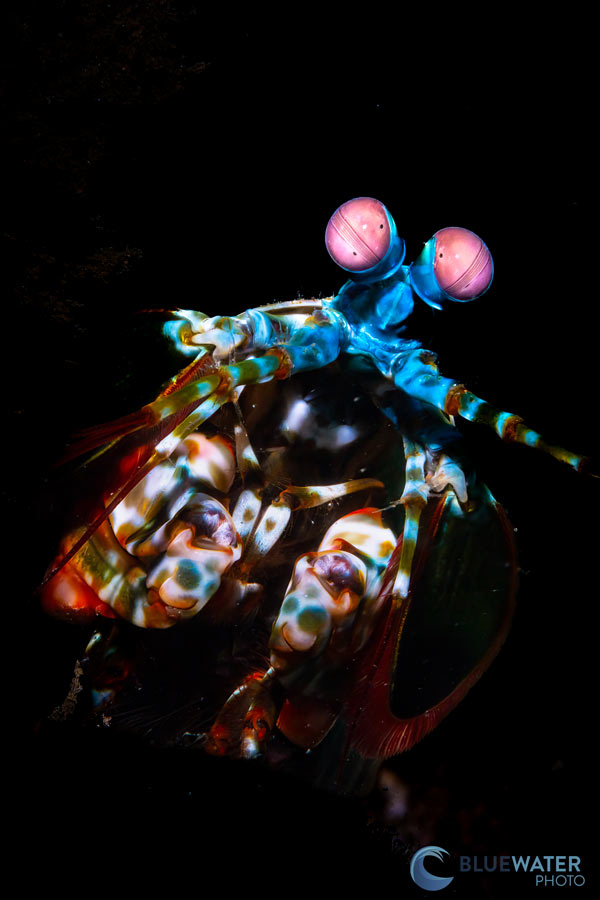















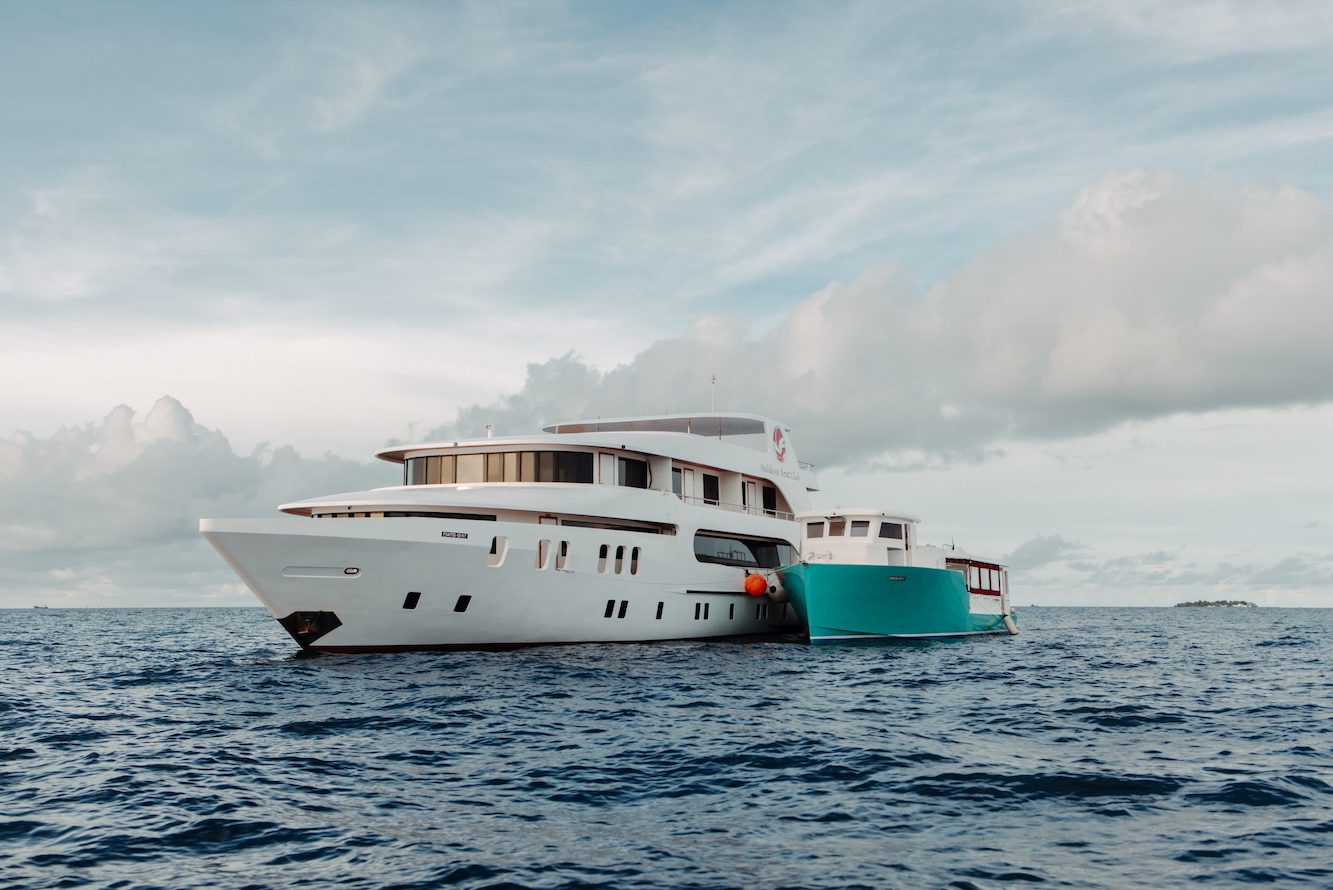
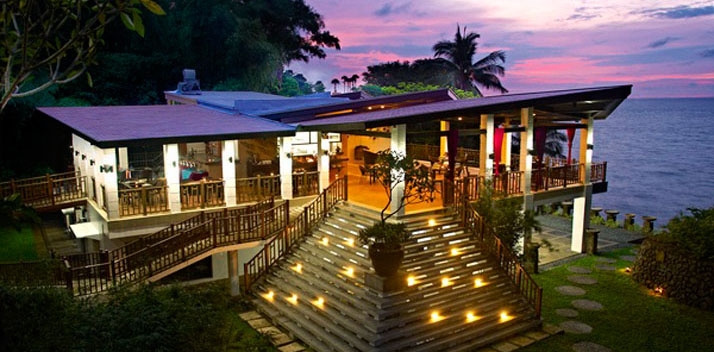

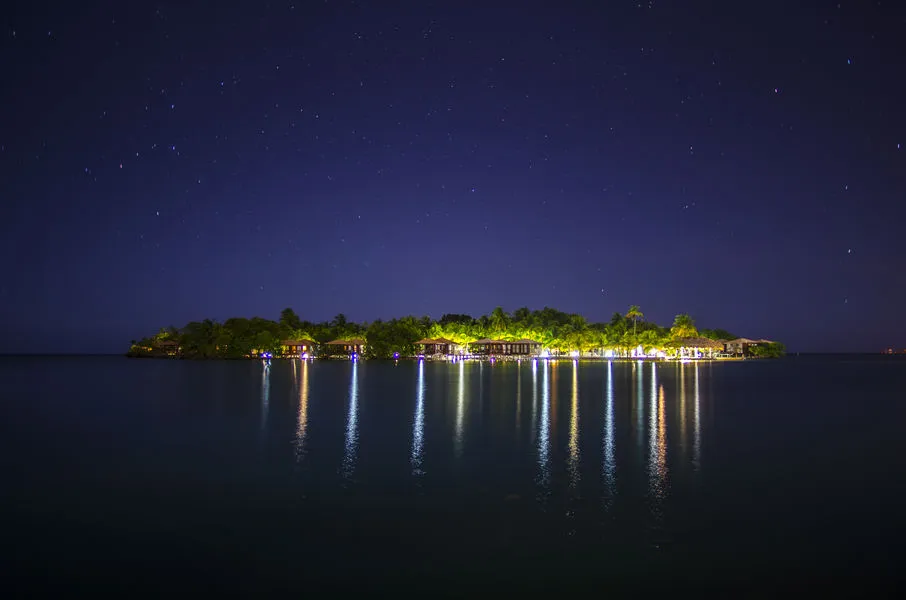
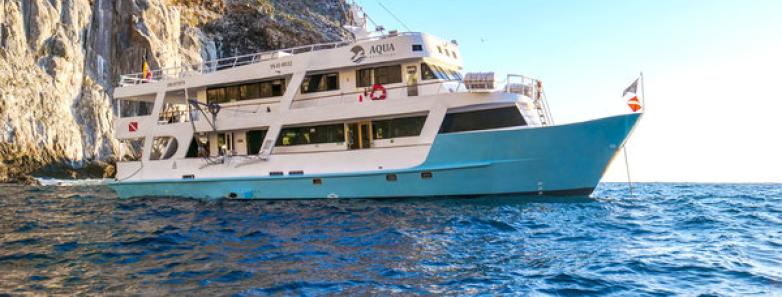
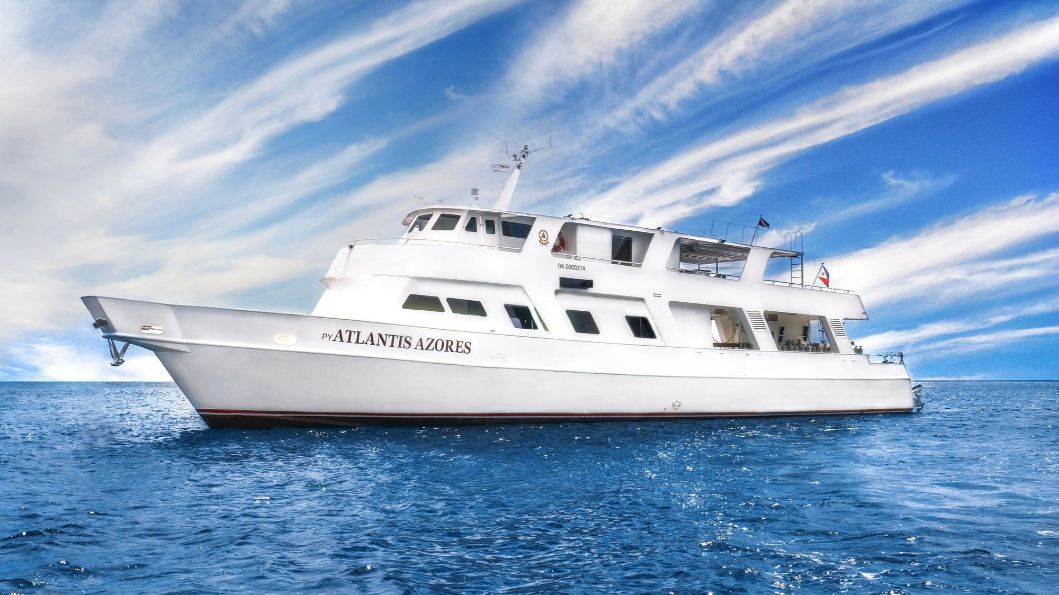
_1742377020.jpg)
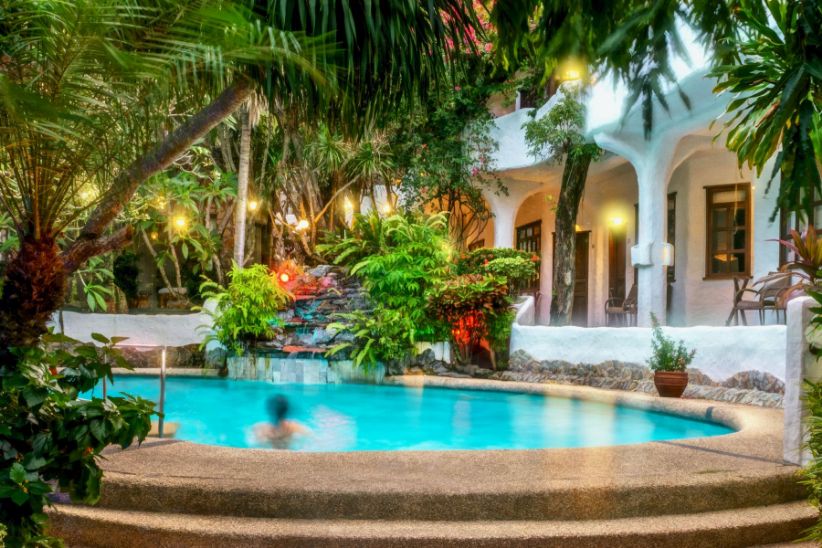
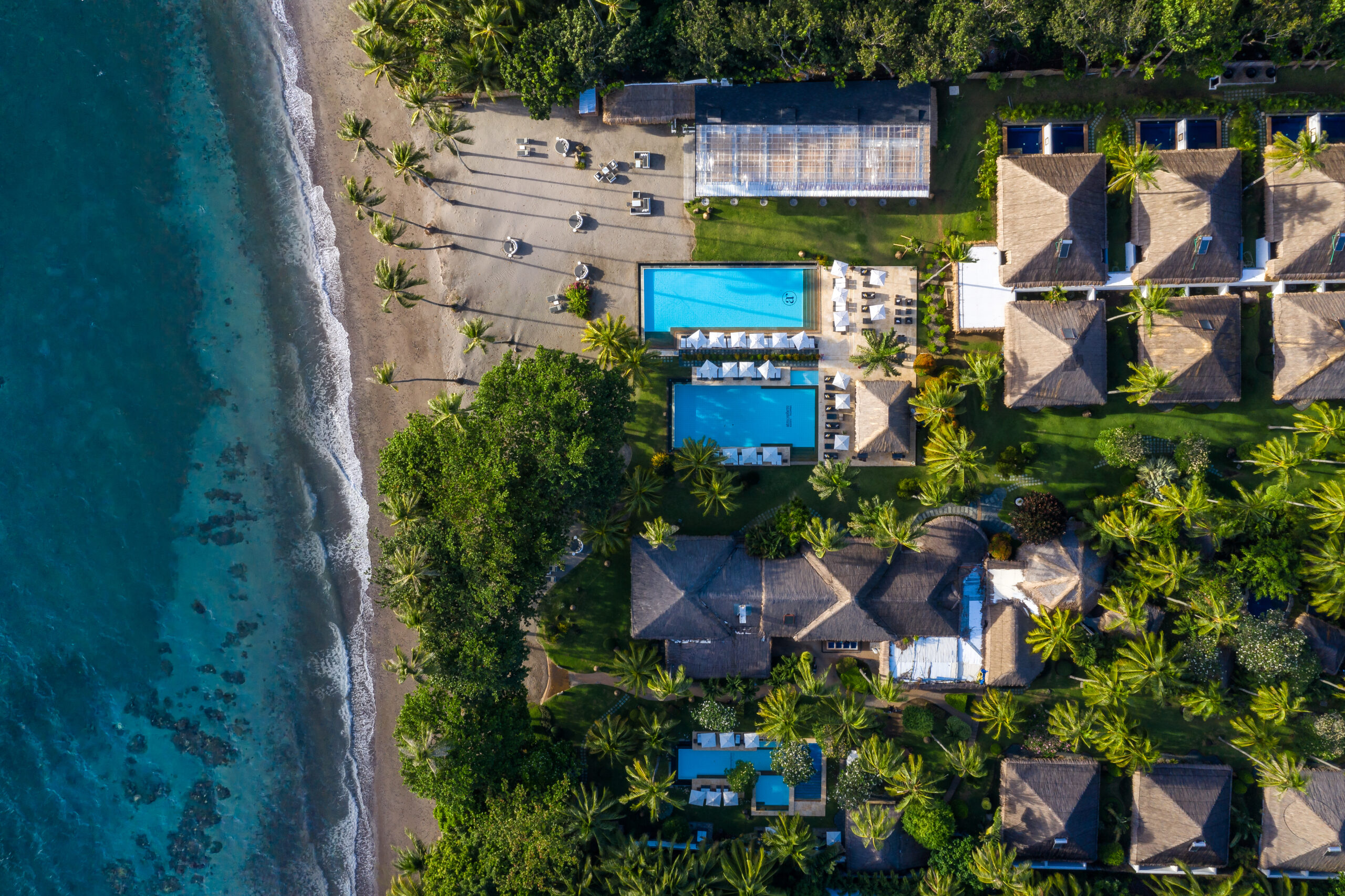
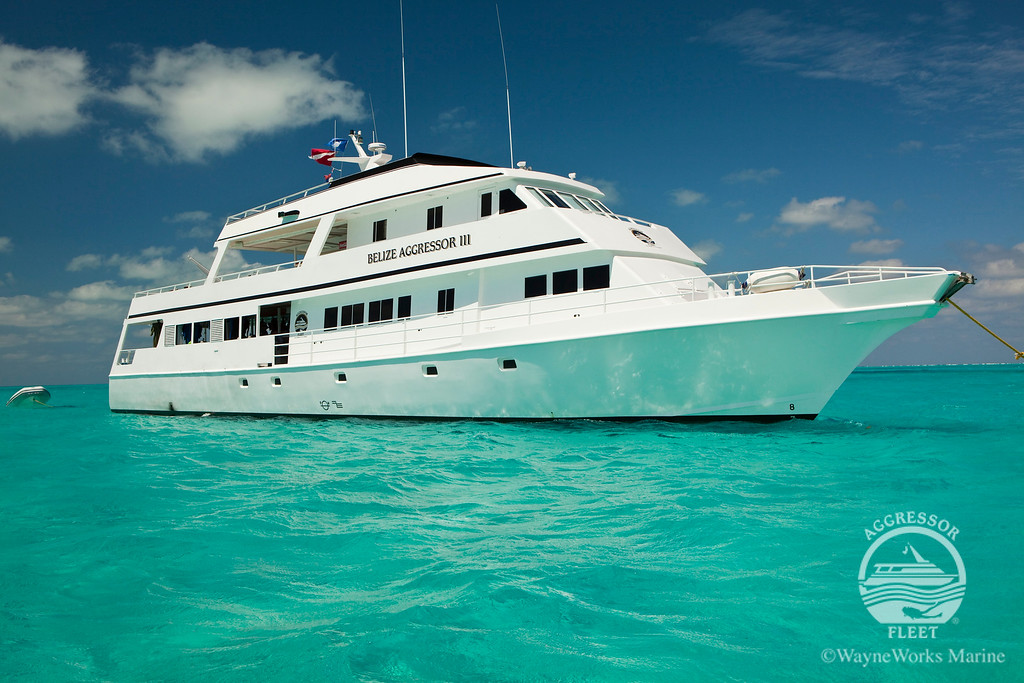
_1742825542.png)
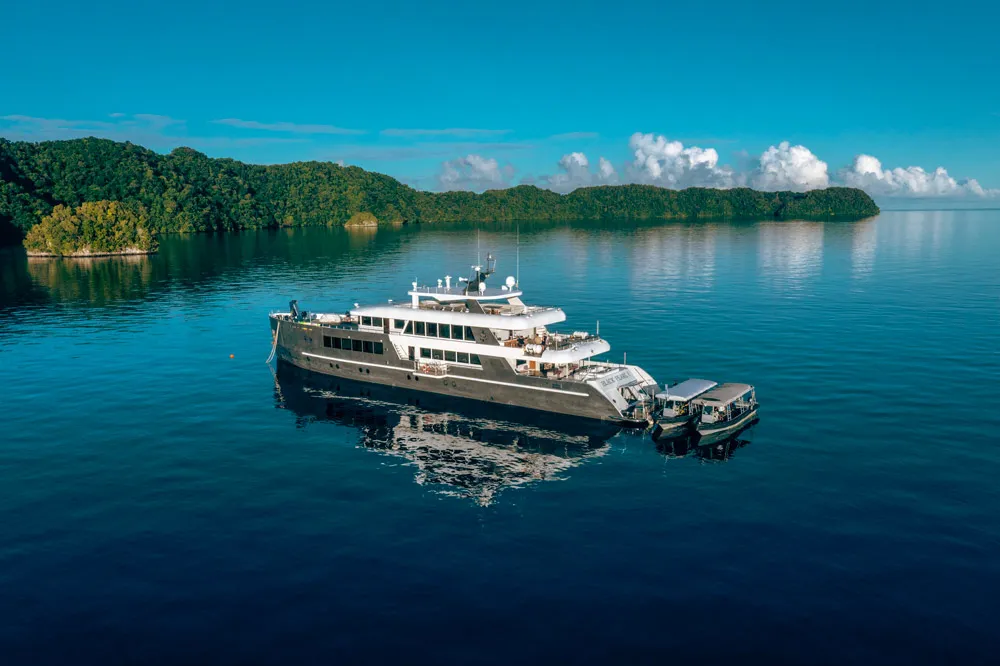
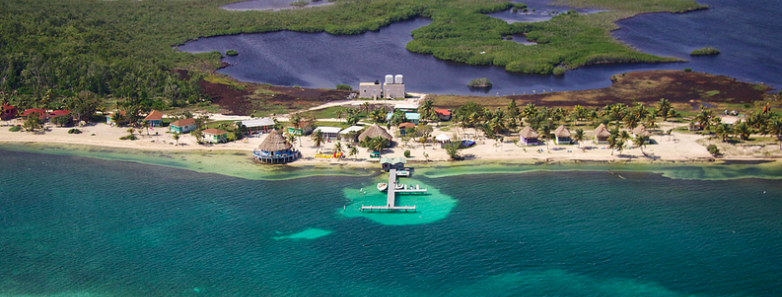
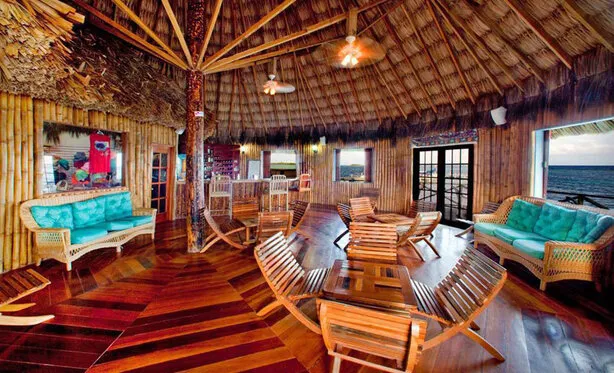
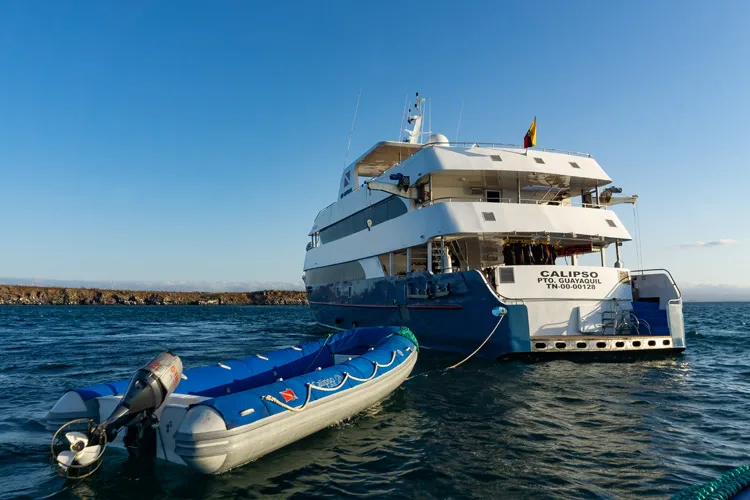
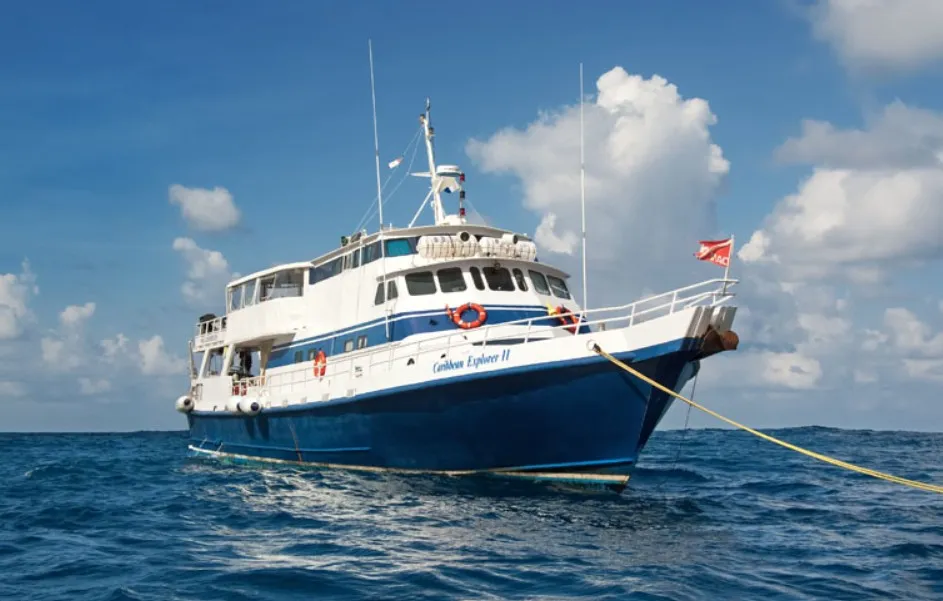

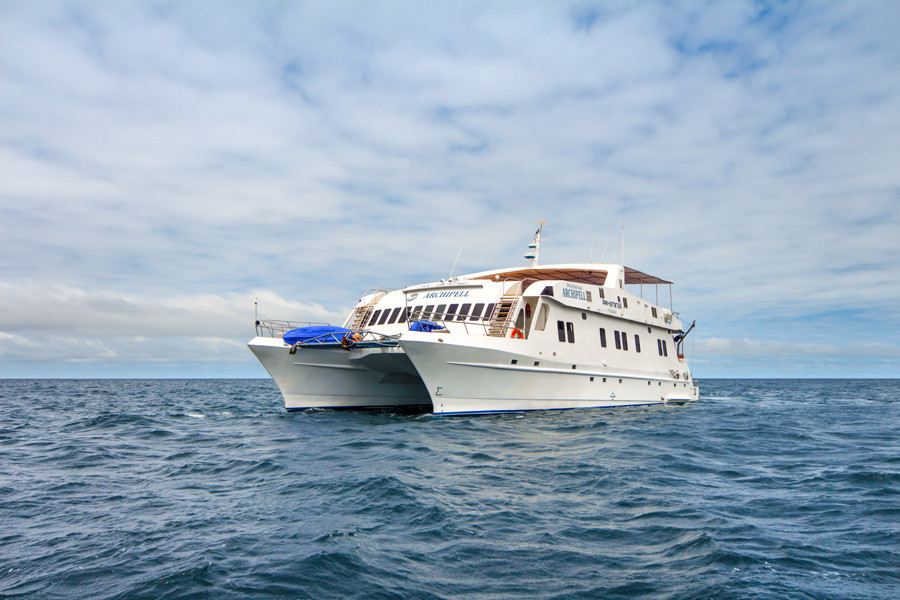




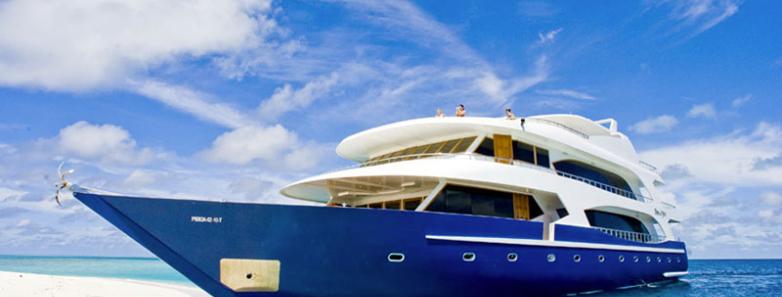
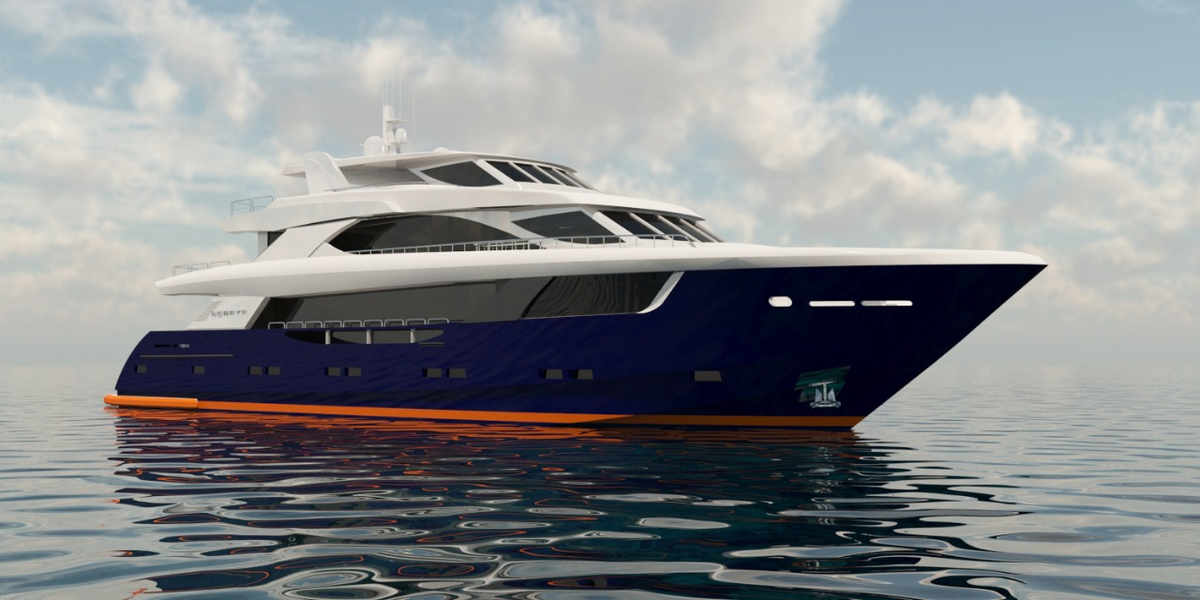
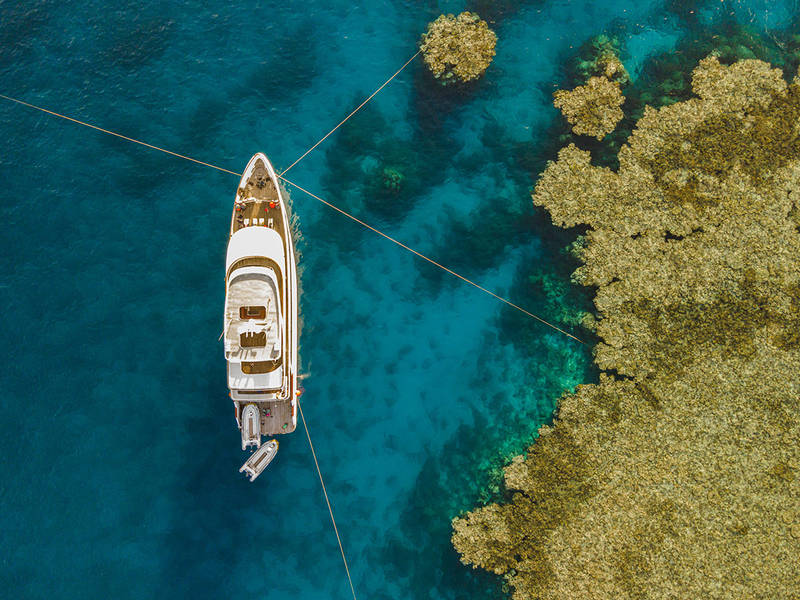
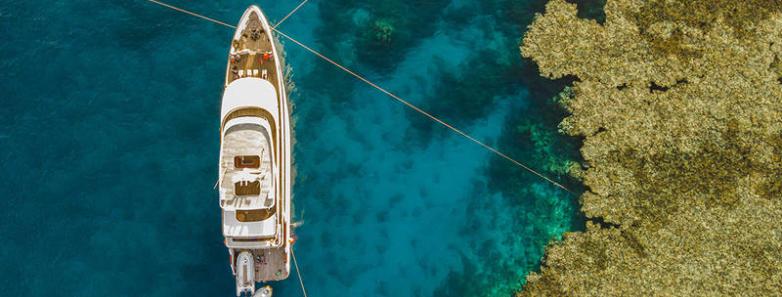
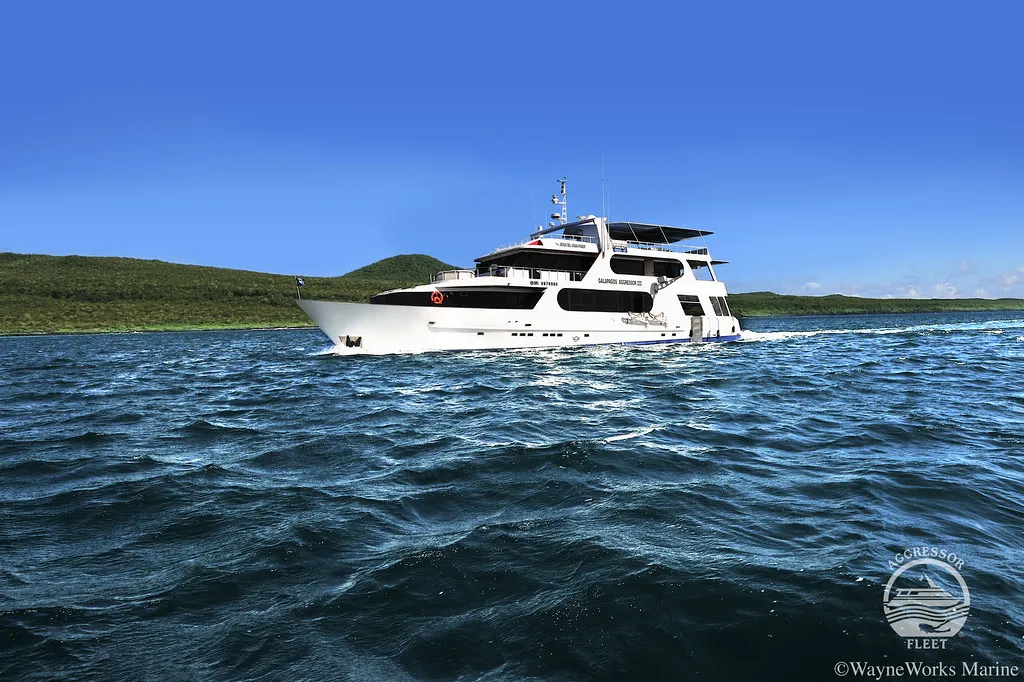
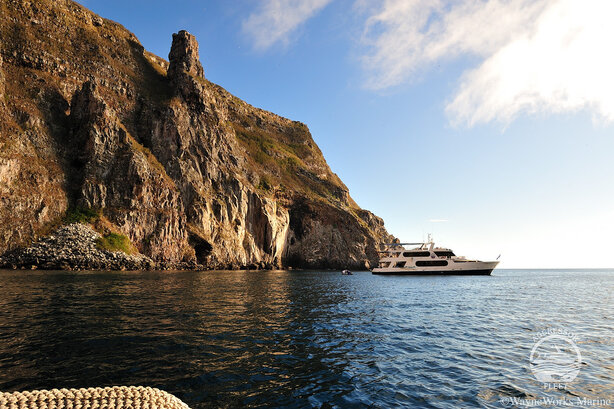
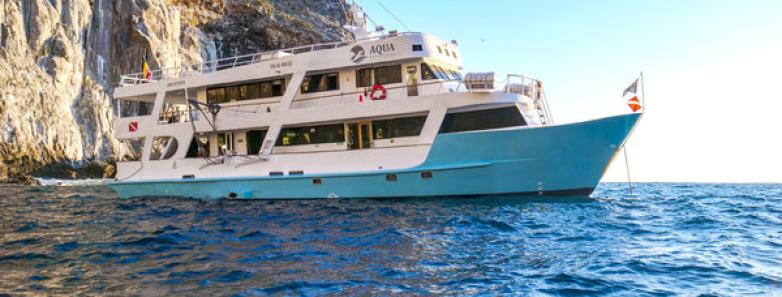
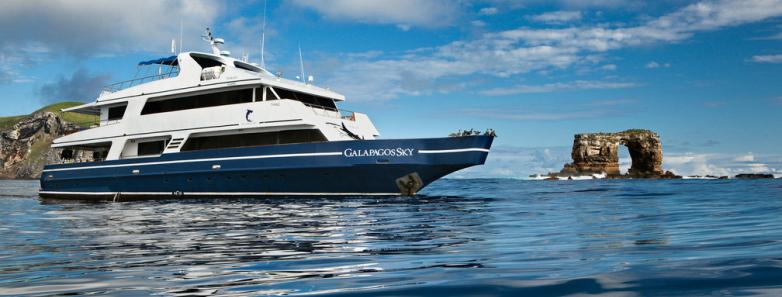
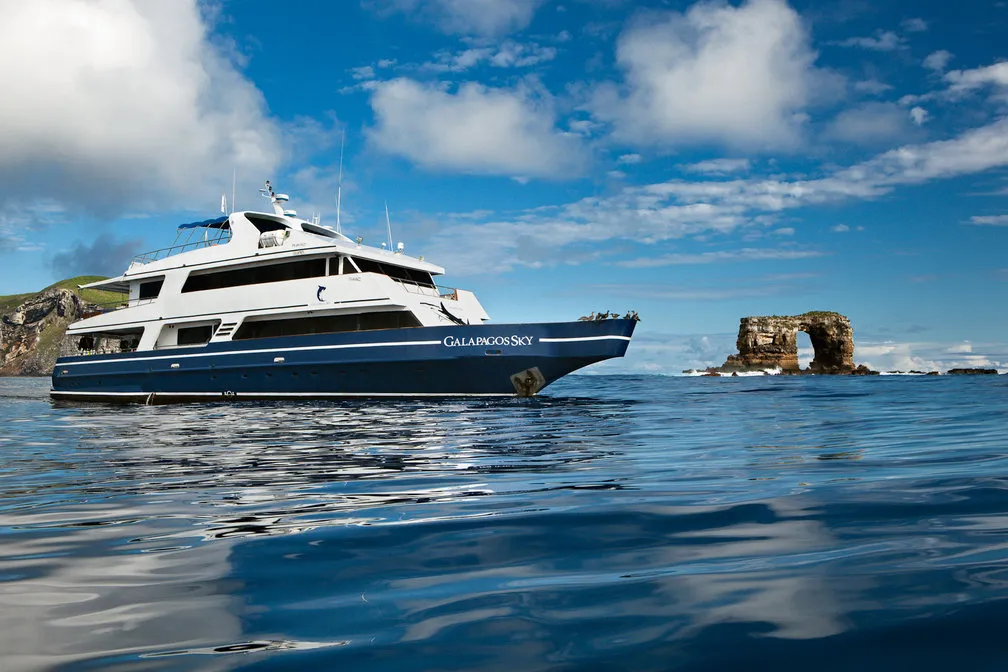

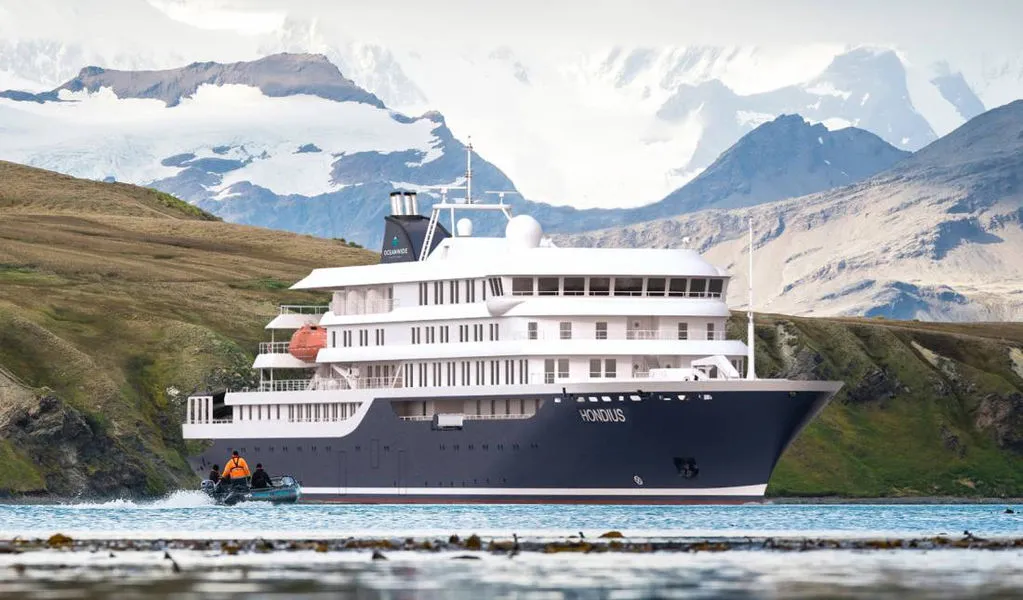
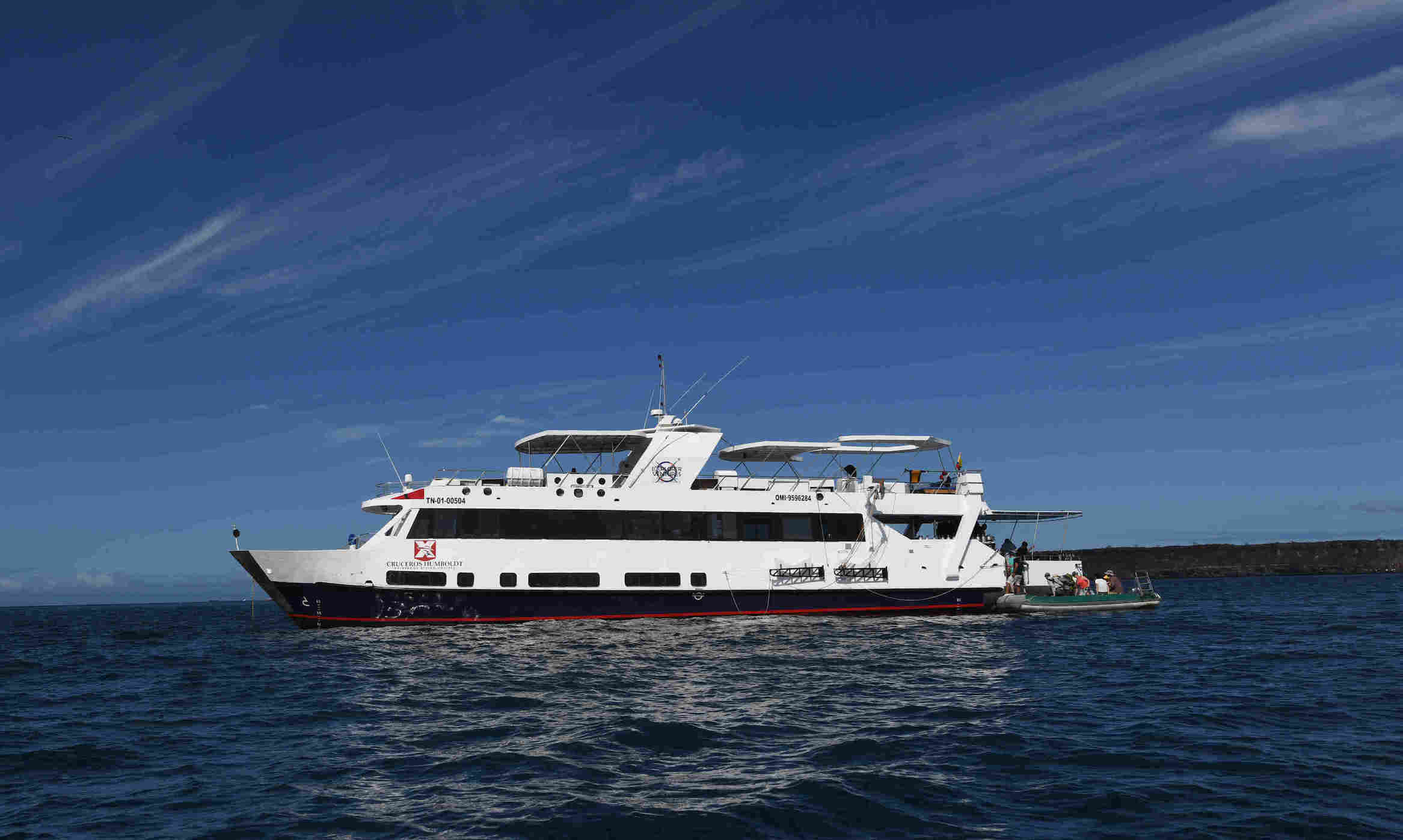
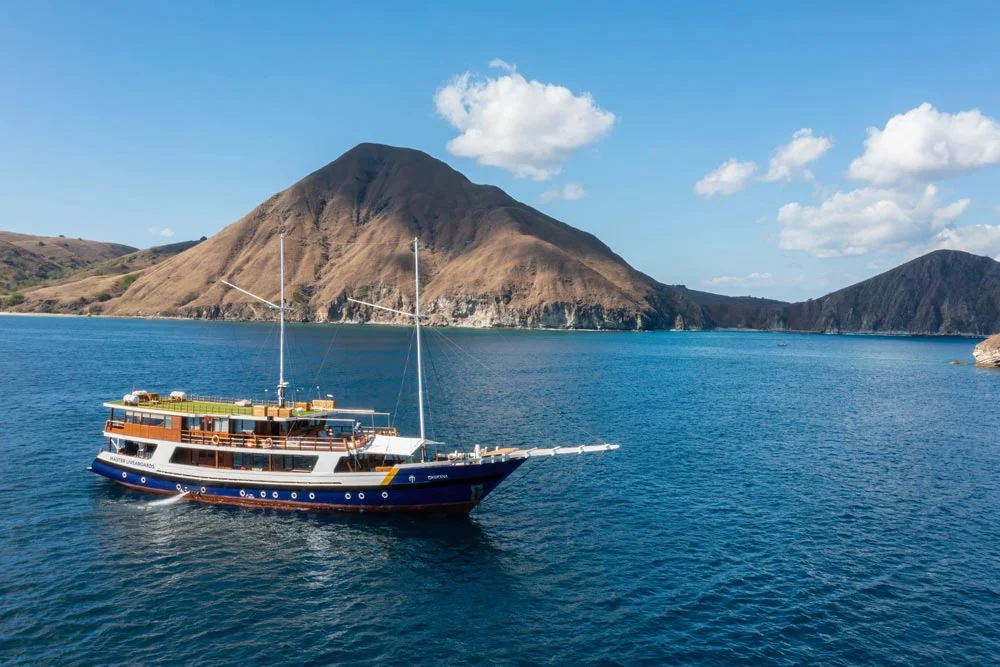
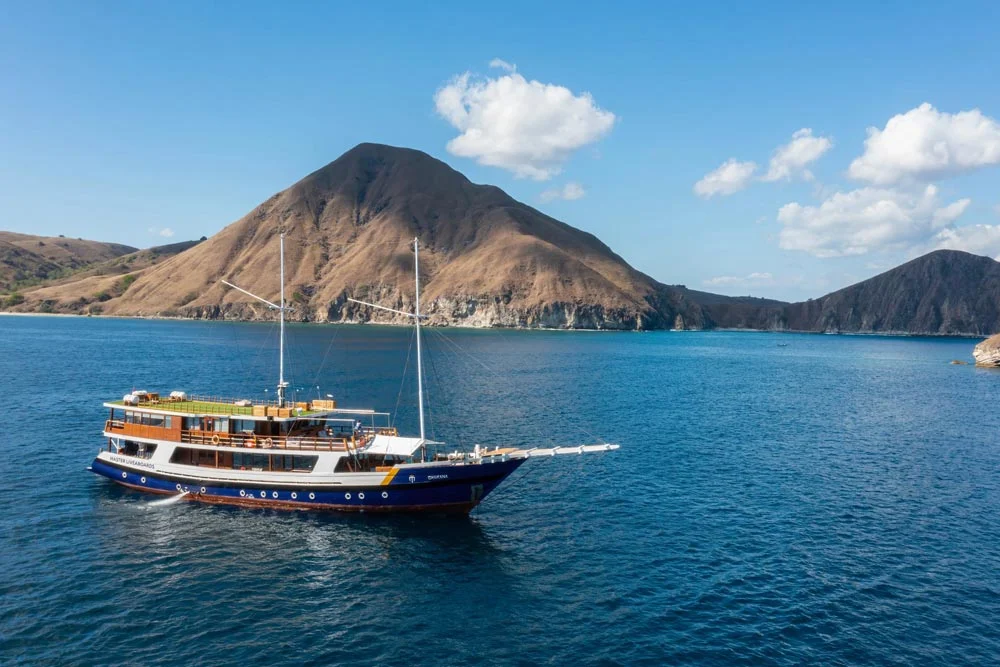


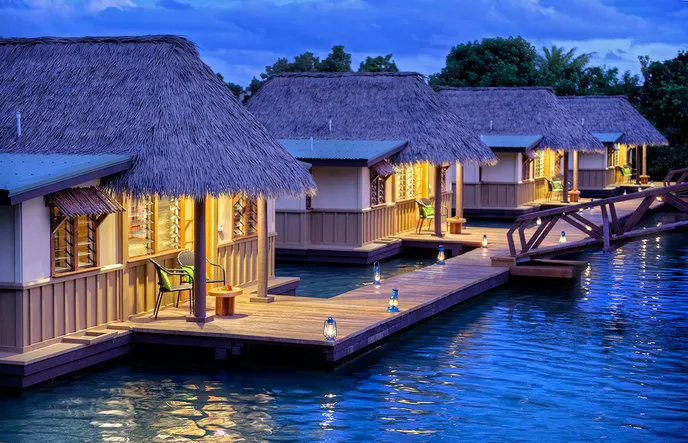
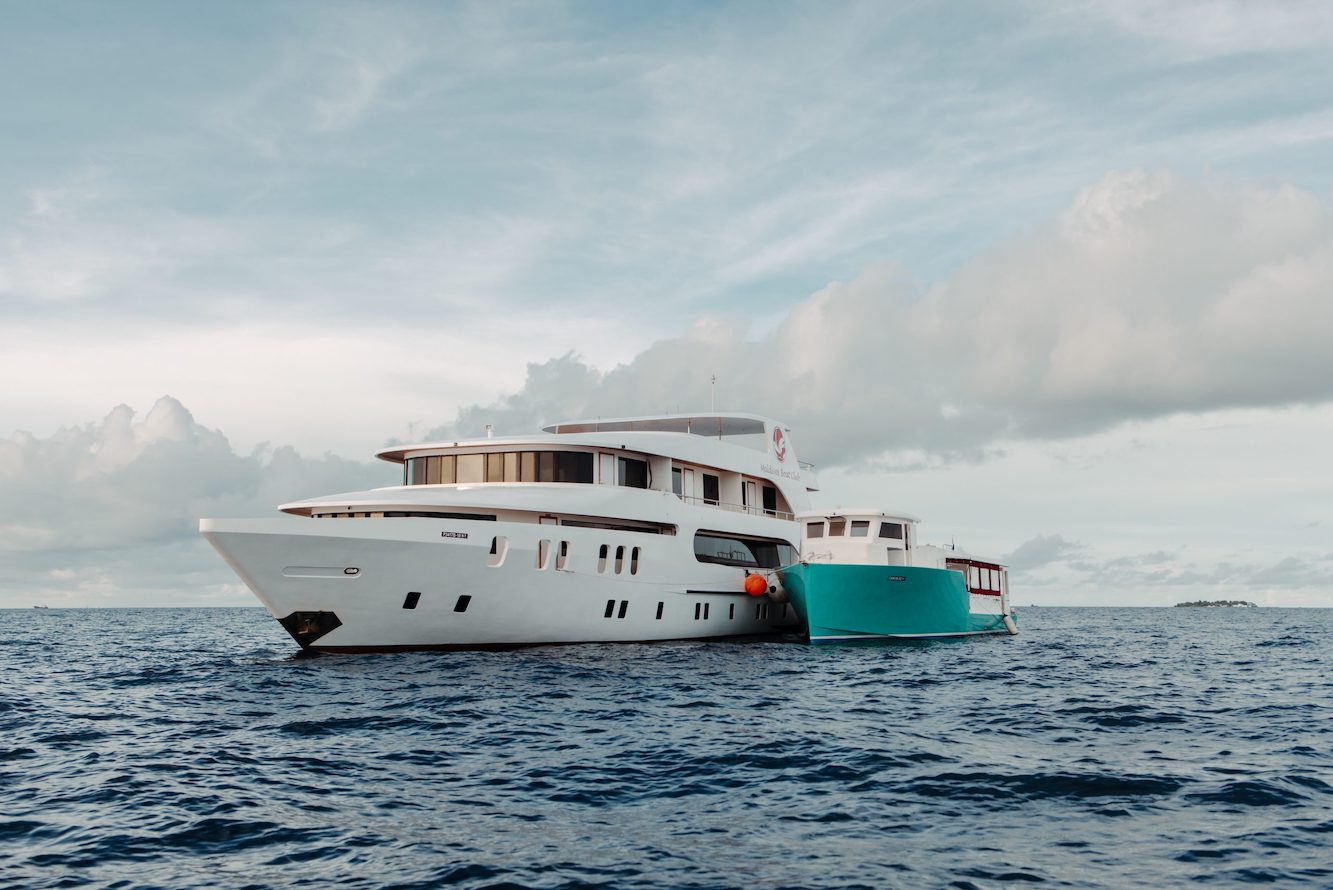
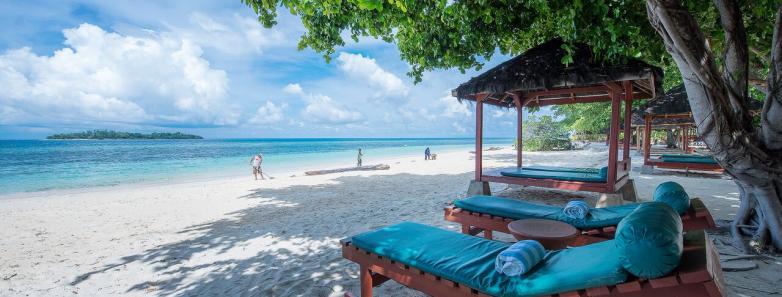
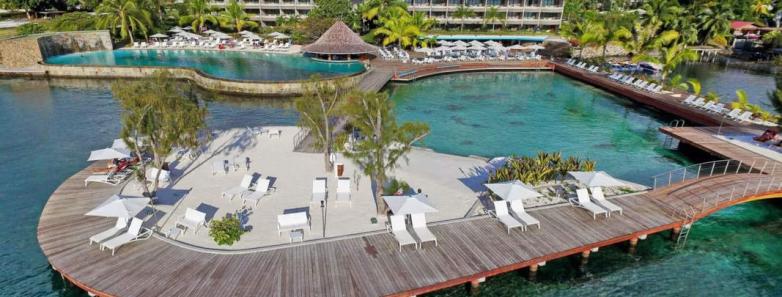
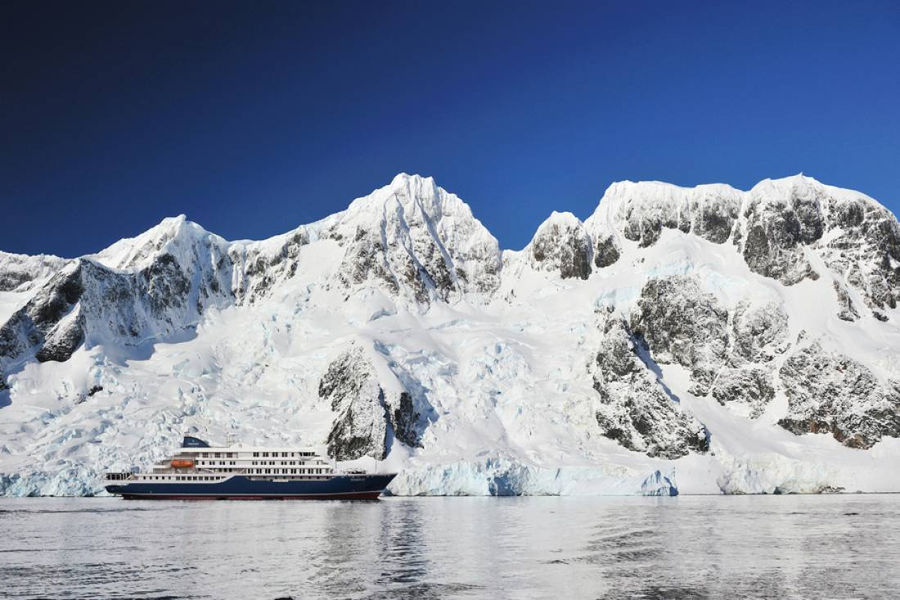


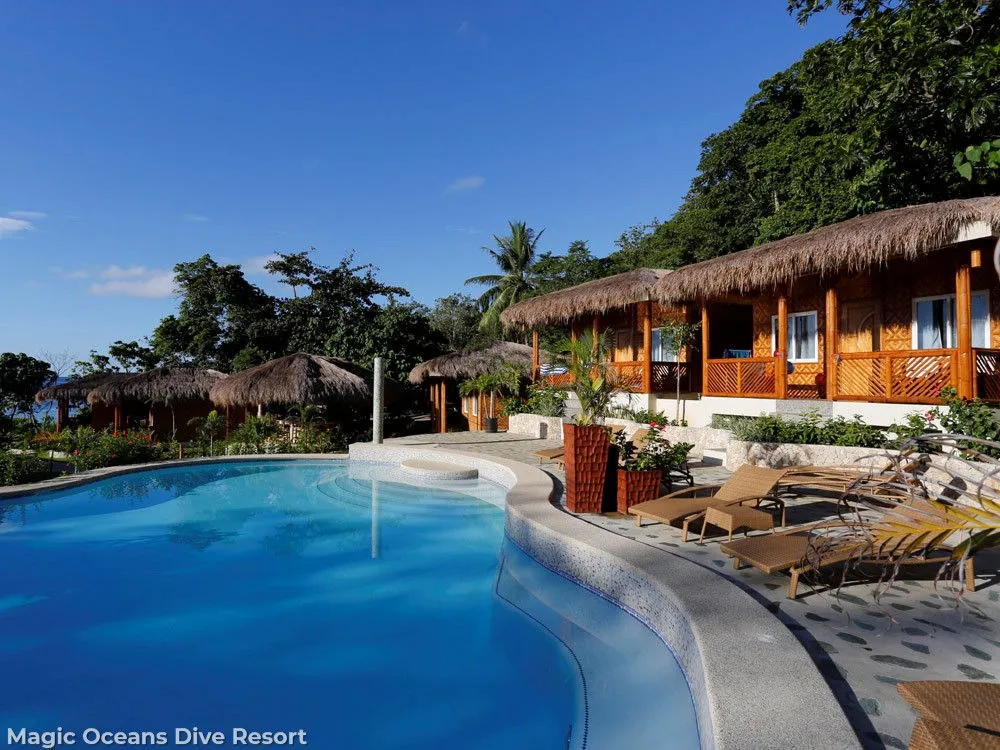
_800x544-optimized_1743009191.webp)

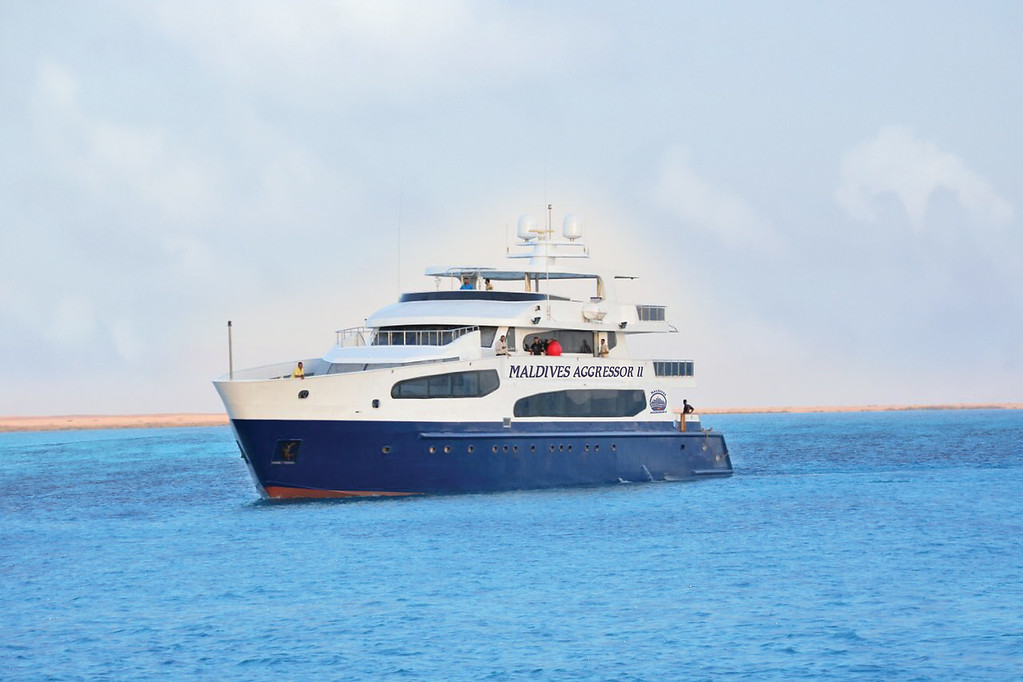
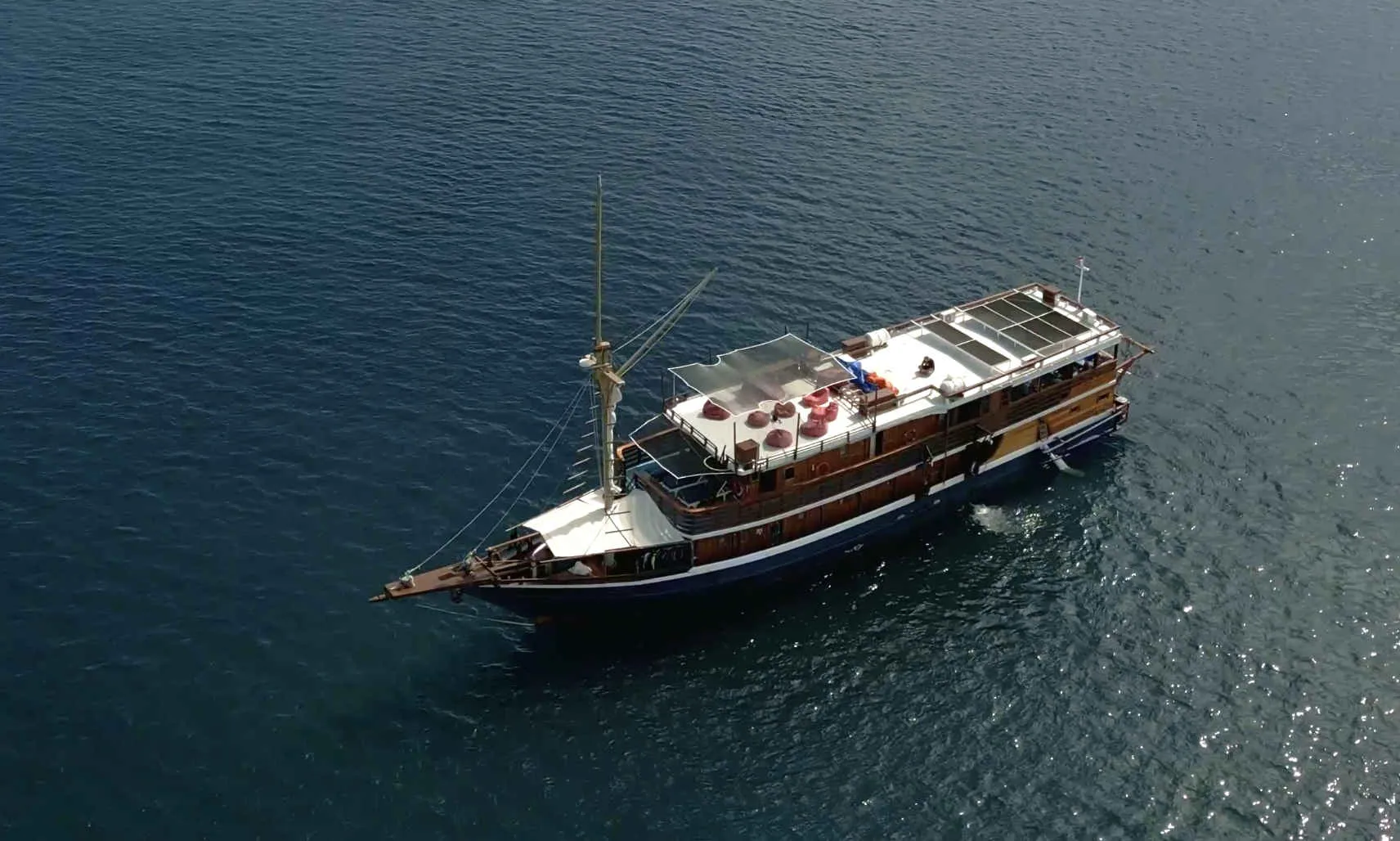
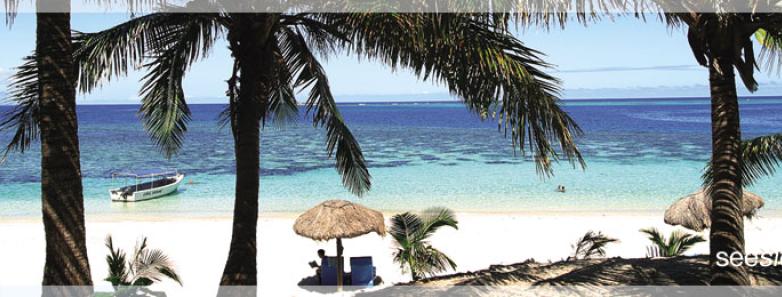
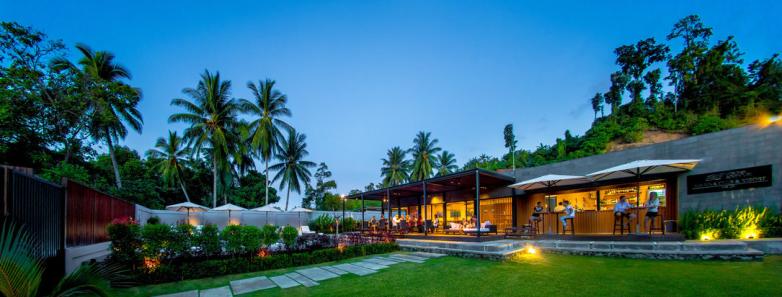
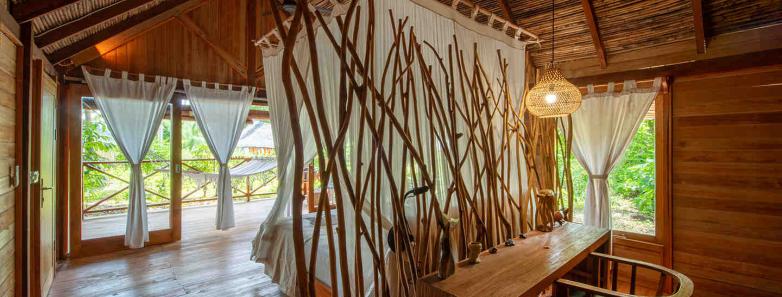
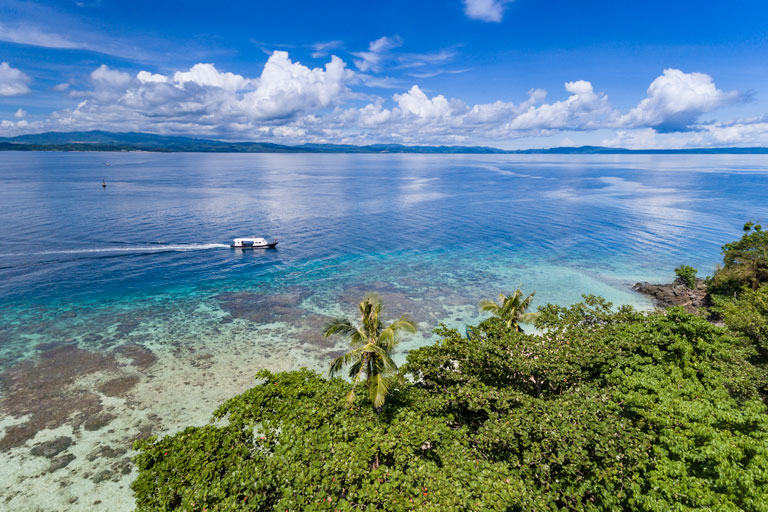
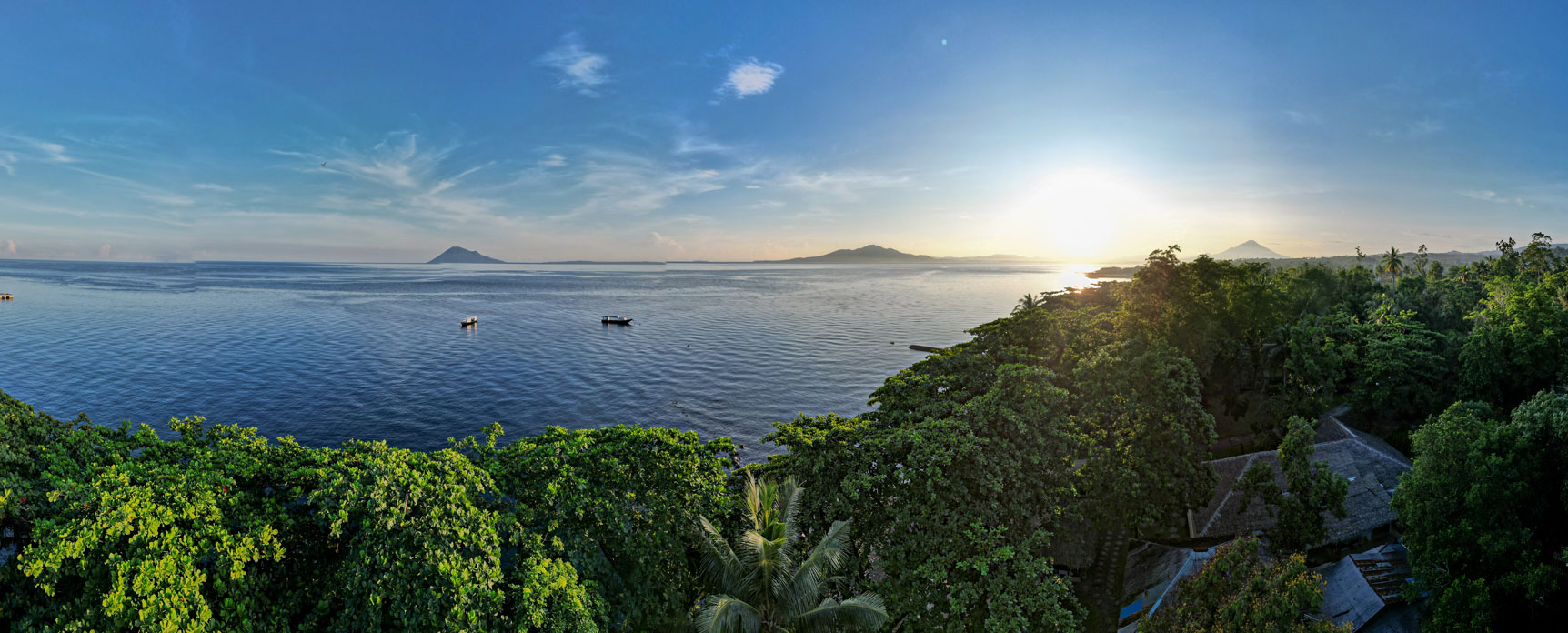
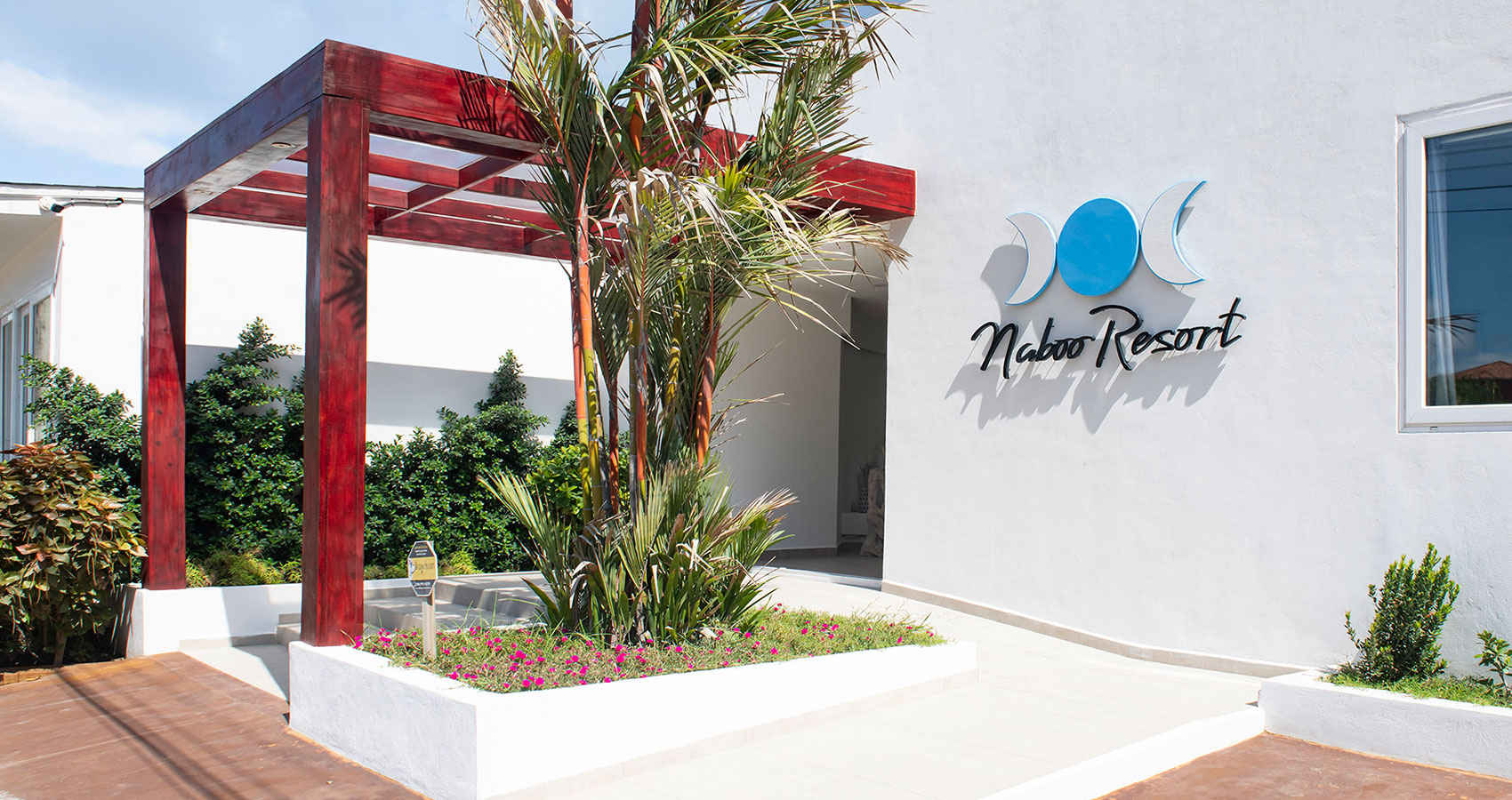
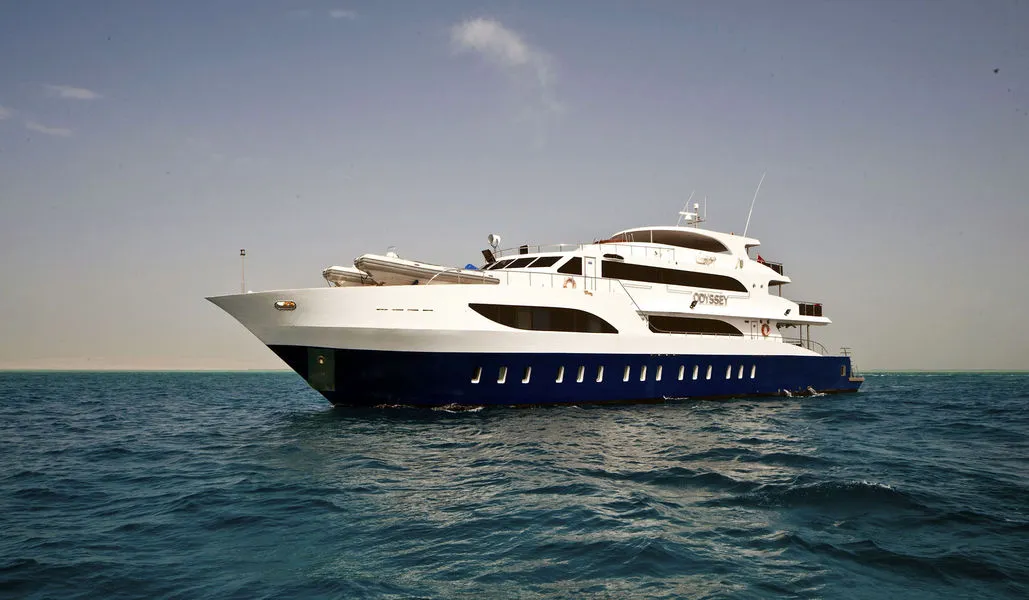
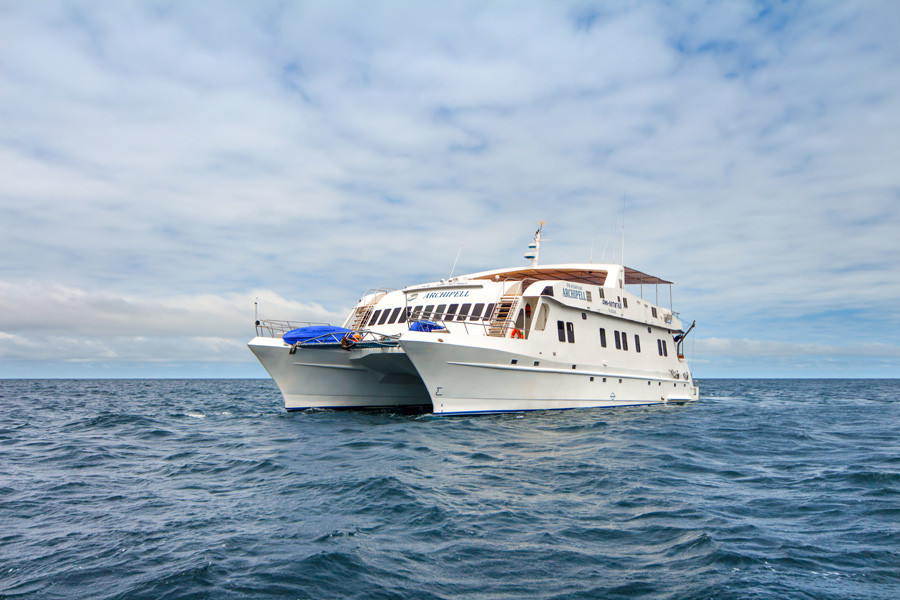
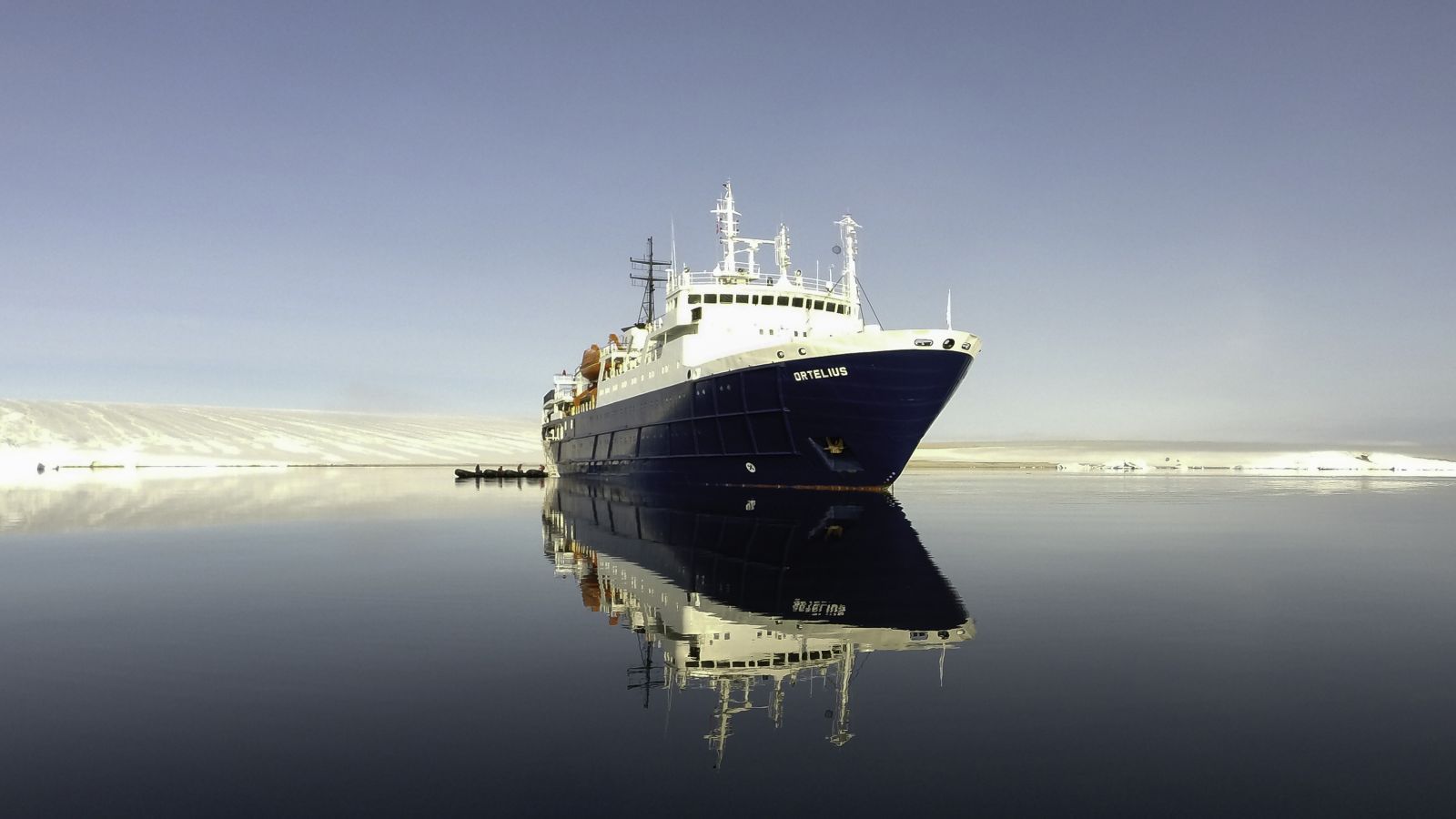
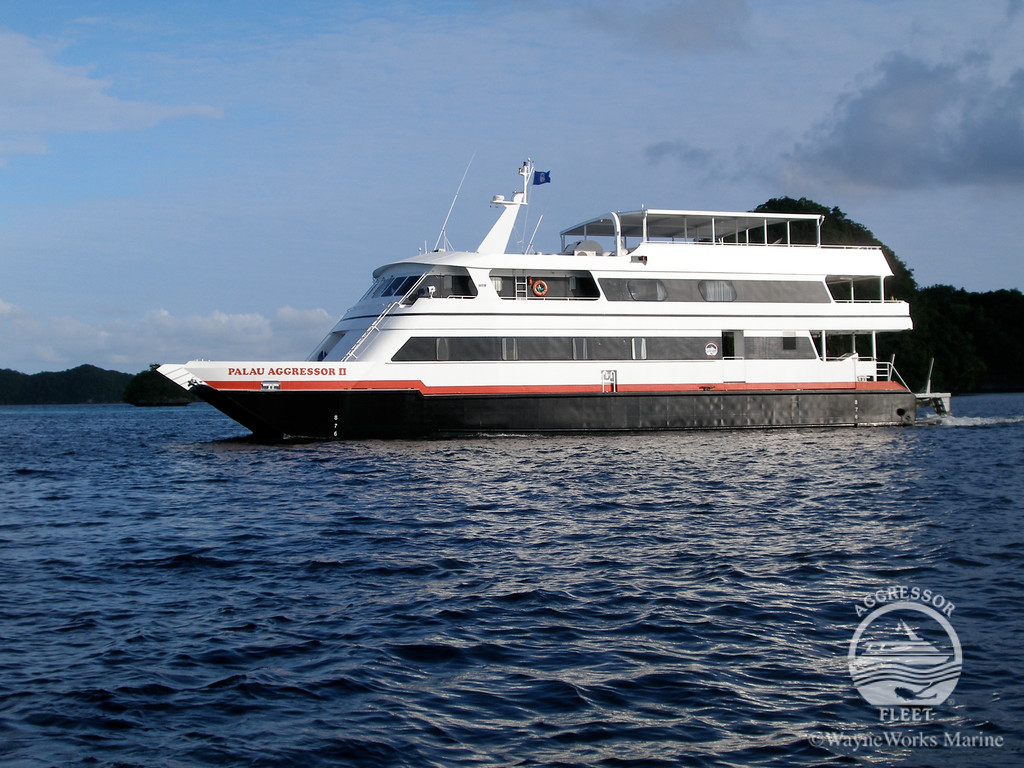
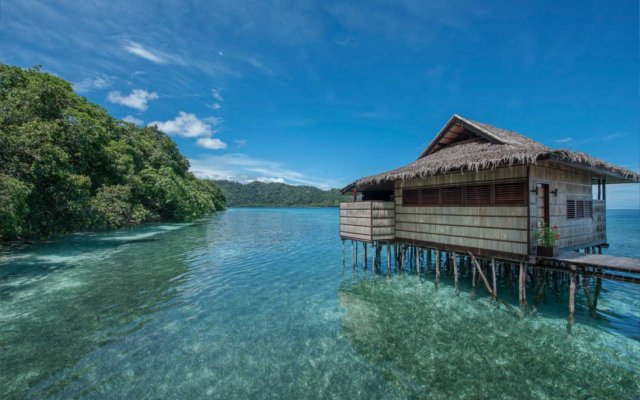
_Robert_van_Poppelen_Plancius_at_Booth_Island_3-optimized_1743203609.webp)


